We all know there isn’t enough time in the day/year to teach all that we’re expected to teach. It can also feel as if it’s impossible to incorporate all the resources you want to use. There are many amazing ideas out there, but it can be overwhelming when you try to piece it all together. There are warm-ups, reviews, centers, games, projects and so much more!
In this post, I hope to help you streamline your instruction by sharing how I combine and utilize my most essential place value resources.

I need to see things laid out, so I’ll use my personal lesson plans to explain how I incorporate multiple resources. Whenever I share an image of my plans, I have teachers shocked at how short they are. Keep in mind this is what I use for me, not for what I turn in. I have the long ones too:)
Week 1 – Just the essentials
It’s important to start the year slowly. I know how tempting it is to jump right in at 100% force, but our students aren’t ready. Slowing down now will save you time in the future.
I try to keep it simple the first week of school. In fact, I don’t do anything academic in math on the first day of school. On the second day students complete Place Value Houses, which are cute and purposeful, but they’re not all that rigorous. Students need time to acclimate to being back at school, and I keep that in mind as a plan for the first couple weeks. It’s easy to forget how painfully slow for students to complete even basic tasks.
I’ve found that it’s best to slowly introduce various elements of instruction, rather than presenting it all at one time. I always start with the basics-what we call our “math task”. Then, I slowly begin folding in the extras.
Math Scribble Notes
The first extra that I introduce (on the 3rd day of school) is our Math Scribble Notes. We complete the page as a whole group, and I model what to write with my document camera. It’s a perfect introduction to the place value activity for the day.
I always try to pair Scribble Notes with a shorter lesson to help balance the time, especially at the beginning of the year. Once students are into their routine, students are much faster at completing the notes.
Week 2
I slowly start ramping things up on the second week of school. I add one or two additional components of my math instruction a week. It’s less overwhelming for students, and it gives me time to firmly establish our routines and expectations.
The next addition into our daily routine are math warm-ups. These warm-ups are designed to give students the opportunity to develop their number sense. If you’ve been teaching long, you know what a serious need this is. You can read more about them here.
Math Warm-Ups
I’ve given a brief overview of this week’s activities below. Keep in mind that the difficulty and the activities change throughout the year. This is just a starting place.
Monday-Quick Images for Subitizing & Unitizing
Give students a few seconds to look at the image and quickly change the slide so they can no longer see the image. Then, have students determine how many total dots are on the slide.
This encourages students to shift from thinking additively to thinking multiplicatively, which is incredibly difficult for some students. You can see a video of what it would look like below.
Tuesday-Oral Counting
On Tuesday, students “count the room”. They take turns (I give them an assigned order in which to count) counting by the given number. This does begin very easy, because the real focus is teaching the routine. This will quickly become quite challenging, so it’s important to set the routine right away.
Wednesday
I start teaching word problems with measurement at the very beginning of the year. I’ve found that students need this small dose of daily instruction to fully understand measurement word problems and conversions.
Thursday
Students always enjoy Which One Doesn’t Belong activities. I love incorporating this with Peardeck, so we can see how many were chosen from each section. Any response is “correct”, but students must justify their choice.
Friday-Spatial Reasoning
With each number line, there is a “Mystery Number” students take turns trying to guess the number. When students give an incorrect guess, place that number in the correct location on the number line.
Each day’s warm-up should only take about five minutes to complete. It’s amazing to see how much impact a short amount of time can have on students.
Check-Up
The other new addition to our week is the use of my Math Check-Ups, which are my absolute favorite formative assessment. I use this in place of math exit slips. Rather than giving the assessment at the end of class, I give it at the beginning. This allows me to see who retained the content from the previous day’s lesson. I’ve found that this is much more effective and measuring students’ understanding, because it gives them time to forget. While I would rather no one forget skills and concepts, we all know that it’s going to happen. This catches those lapses. These assessments are very short and should never take students more than 5-10 minutes to complete. And, checking them should never take more than a couple minutes. On the answer sheet, I record students’ names underneath each problem they missed. Then, I quickly form my small groups based on this information. I never have set in stone small groups, because they need to be flexible and fluid to adjust for students’ changing needs.
The Lessons
Immediately following the math warm-up and/or check-up is the actual math lesson for the day. At this time, I am still not adding a lot of extra to the lessons. The Math Warm-Ups and Math Scribble Notes are enough for now.
As you look through my weekly plans, you may notice that I occasionally skip lessons. There will never be a one-size-fits-all resource, so I encourage everyone to do what works best for his/her students. As I plan for the year as a whole, I sometimes need to find lessons I can skip or combine in order to squeeze in extras that we’ll soon discuss.
Place Value Assessment
Throughout the unit, I assess. However, I don’t record a formal assessment until after students have had ample opportunities to practice, receive feedback, and then apply that feedback. Those informal assessments are recorded but don’t count toward students’ final grade. You can see in the lesson plan that this week is the first formal “standards mastery” assessment of the year.
When it comes to finding formal assessments, there are many options to chose from. You can use digital programs such as Study Island, which make grading a breeze. I’ve also made sets of math assessments. I have a short answer version. There is also a multiple choice version. You can absolutely combine these resources together or add them to your existing assessments.
Week 3
On the third week of school, I add math centers into the mix. That means that I’ve now introduced the Place Value Unit, Scribble Notes, Math Warm-Ups, Math Check-Ups, and now Place Value Centers. As I add, I don’t take away anything. Students begin working faster and lessons become more streamlined and efficient.
There are many ways to implement math centers. How you use (or don’t) utilize math centers depends on the grade level you teach, the standard(s) you’re focusing on, your schedule, and district requirements. I’ve found that centers are a great addition to my instruction, but they do not replace my curriculum. Instead, they are a supplement. Below, I’ll share how I incorporate them into my instruction.
Math Warm-Ups
This week’s Math Warm-Ups follow the same routine and format, to they should be a bit faster to complete. They also begin to gradually increase in difficulty. It’s easy to have students with more natural number sense take-over your conversations, so try to make sure all students are participating and engaged.
Math Check-Ups
The check-ups are cumulative and past concepts are incorporated based on the strategies from How to Teach So Students Remember. I like doing a check-up on center days, because the check-up gives me the data I need for that day’s math groups.
Math Centers
Students participate in Place Value Math Centers on Tuesdays and Thursdays. They complete two center activities on Tuesday and two center activities on Thursdays. I don’t move forward in my place value unit on those days. Instead, I use that time to give students the opportunity to apply what they’ve learned through their center activities and games. While students are working in centers, I meet with students on an as-needed basis. I rarely have set-in-stone groups. You can read more about how I organize math centers here.
Hundreds Chart
Students complete four sets of hundreds charts. Each hundreds chart has students work with progressively larger numbers, so by the last hundreds chart, students work with numbers 703,500-703,600.
Difference to 100
This game lets students develop their spatial reasoning and benchmark number sense. They take turns rolling two dice to build a number. Students shade in the total amount rolled and use the grids to determine the difference from 100.
Math Journals
It’s always important to have students write about their understanding of math concepts. I’ve found that the checklist at the bottom helps scaffold students into writing high quality math responses.
Place Value Task Cards
The task cards focus on the value of numbers as well as the place of numbers. There are also cards for written, numeral, and expanded form.
Place Value Problems
These are a great way to encourage problem solving and critical thinking.
Number Duel
This is a fantastic game for helping students regroup and build numbers. Students stack the cards face-down and take turns drawing a card. The student whose card has the greatest value keeps both cards. After all cards have been used, the student with the most cards wins.
Error Analysis
In this center there are four error analysis problems where a question or direction is given and a student answers the question incorrectly. Students must identify the mistake and explain why the student likely made the mistake. Then, students solve the problem correctly.
Roll and Review
This is an incredibly fun review game. It’s easy to “catch-on” to how to play, so it’s a perfect independent practice game. One point questions are fairly easy, while the six point questions are the most challenging.
Multi-Part Problems
There are four multi-part word problems, and each word problem is broken into three parts with an emphasis on place value and rounding. When I first started using these centers, I thought that four problems wouldn’t be enough, but I was wrong. It was plenty!
Line ’Em Up
The object of this game is for students to be the first player to play all of their cards. Players take turns laying out one card at a time to build four rows of cards.
Place Value Unit Lessons
The center activities are primarily focused on what has been previously taught. I don’t add brand-new content into our center rotations or introduce concepts through center activities. I prefer to use the conceptual lessons in my place value unit.
This week the focus of instruction shifts from place value to rounding. Benchmark numbers should proceed introducing rounding, because this allows students to first focus on the concept of benchmark numbers.
Interactive number lines are a great way to help students develop the concept of rounding. This allows students to see how rounding works.
Never underestimate the power and purpose of games in math instruction. Even on non center days, I love to interject games into my instruction. They are fun for students and give you time to remediate as needed.
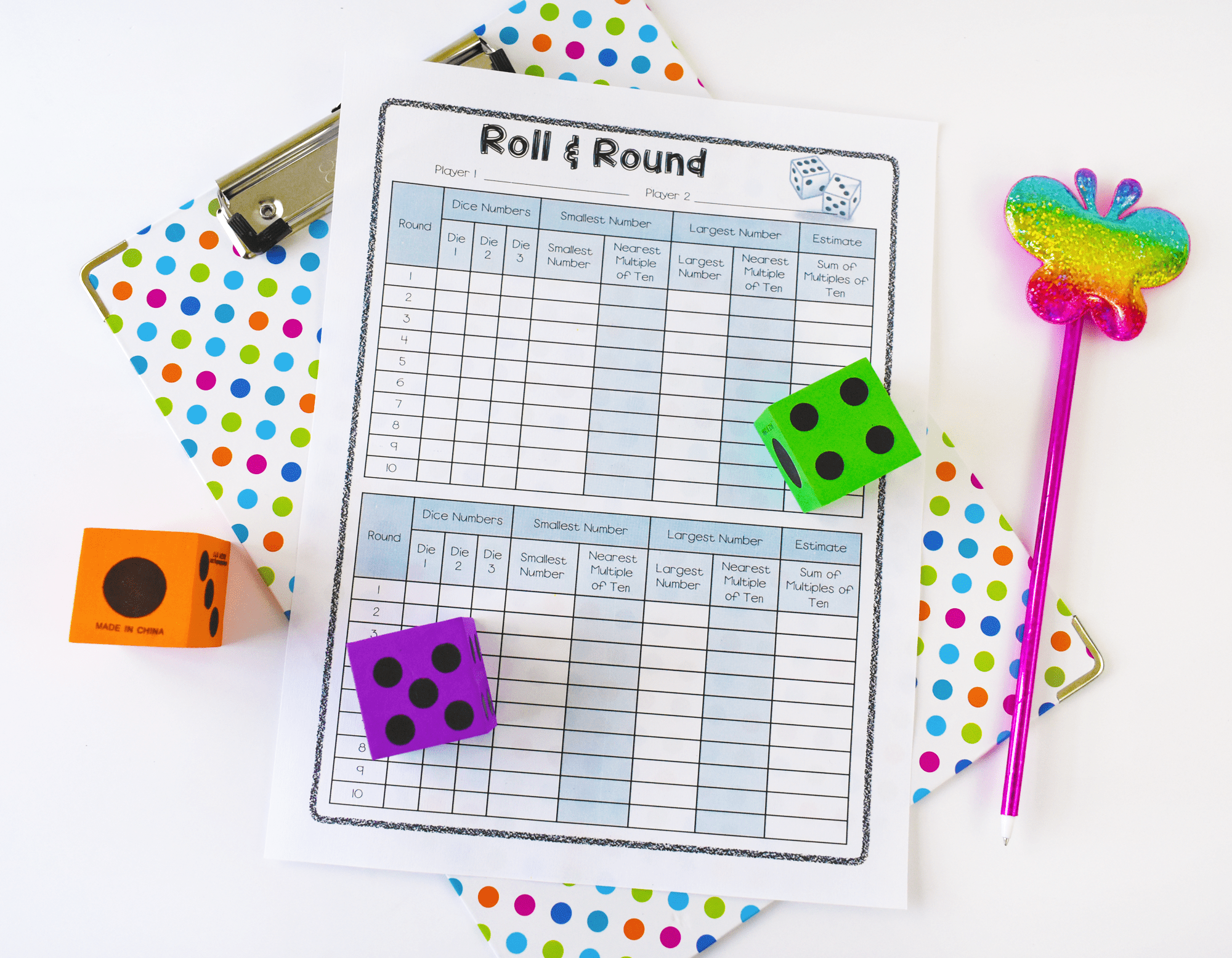
Place Value Assessment
You can see in the lesson plan that this week is the value of numbers standards mastery. Even though we’ve eased into rounding, I’m just now giving the formal assessment. That’s because I used the two center days for additional instruction for those who needed it.
Week 4
On the fourth week of school, I begin to wrap up our place value and rounding unit. It can be tempting to stay a little longer on the unit, but it’s important to keep moving forward. Even though you may move on to a new unit, students will have the opportunity to review and practice through check-ups and centers.
Math Warm-Ups
This week’s Math Warm-Ups follow the same routine and format, but the level of difficulty begins to increase. Once again, this is completed in a whole group setting and should only take about five-ten minutes.
Math Scribble Notes
Since no brand-new content was introduced last week, students didn’t add to their Scribble Notes. After lessons on benchmark numbers and midpoints, students complete their Rounding Scribble Notes.
Math Check-Ups
I don’t spend a lot of time on isolated addition and subtraction. At this point, students have experienced ample opportunities to develop a conceptual understanding of addition and subtraction. My focus is typically on efficiency and application in word problems. I add general computation to the warm-ups so I can address any concerns in small groups.
Math Centers
This is students’ second week with the Place Value Centers, so no new activities are introduced, which is definitely a time saver! Even though I will begin a new unit, students will work on these centers another week.
Place Value Lessons
This week I add some of the extra place value lessons that I love but aren’t found in my place value units. For example, I can’t resist this Emoji Place Value lesson. It meets my criteria of fun, rigorous, and purposeful.
I always culminate my math units with an escape lesson or breakout lesson. This Place Value Escape activity is so much fun! It’s also so challenging! My students are always shocked to discover that not all groups escape. While some are disappointed, I want them to learn that they’re going to have to work hard and work as a team to be successful in future escapes.
If you look closely at my lesson plans, you’ll see that I do squeeze in one lesson from my Addition and Subtraction Unit. That’s the one unit I don’t follow closely. As I said earlier, it’s fine to adjust to meet the needs of your students.
Place Value Assessment
In this last week of the unit, students complete the rounding standards mastery assessment.
This is definitely a lot of moving parts, but it really does work! All the pieces of the puzzle fit together and work to compliment each other.
Let me know if you have any questions!
I’ve had many requests for the lesson plan template, so here it is!
You’ll need a few special fonts for it to transfer correctly: KG Eyes Wide Open, Adele, American Typewriter, and KG Neatly Printed. Of course, if you’d rather, you can just change the fonts to whatever you want.

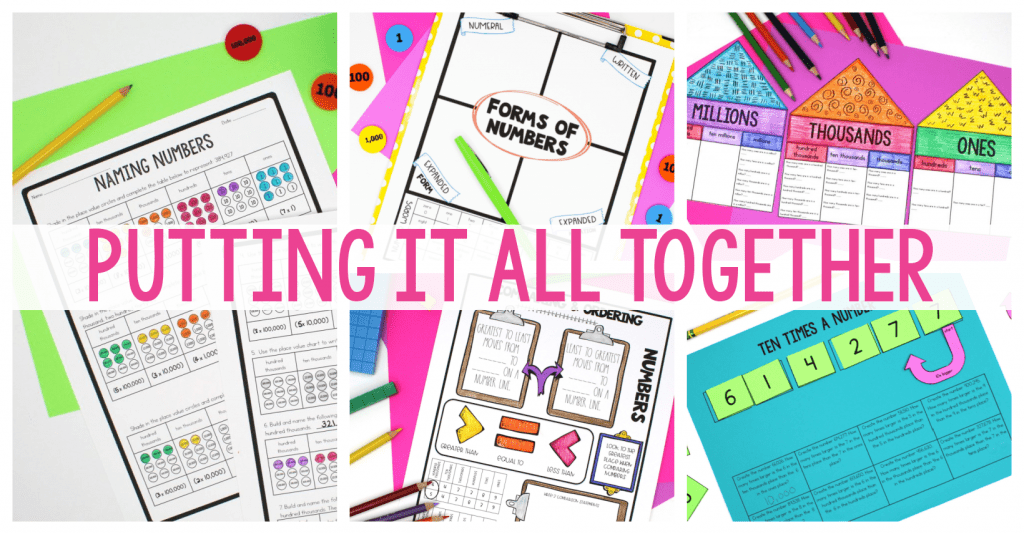
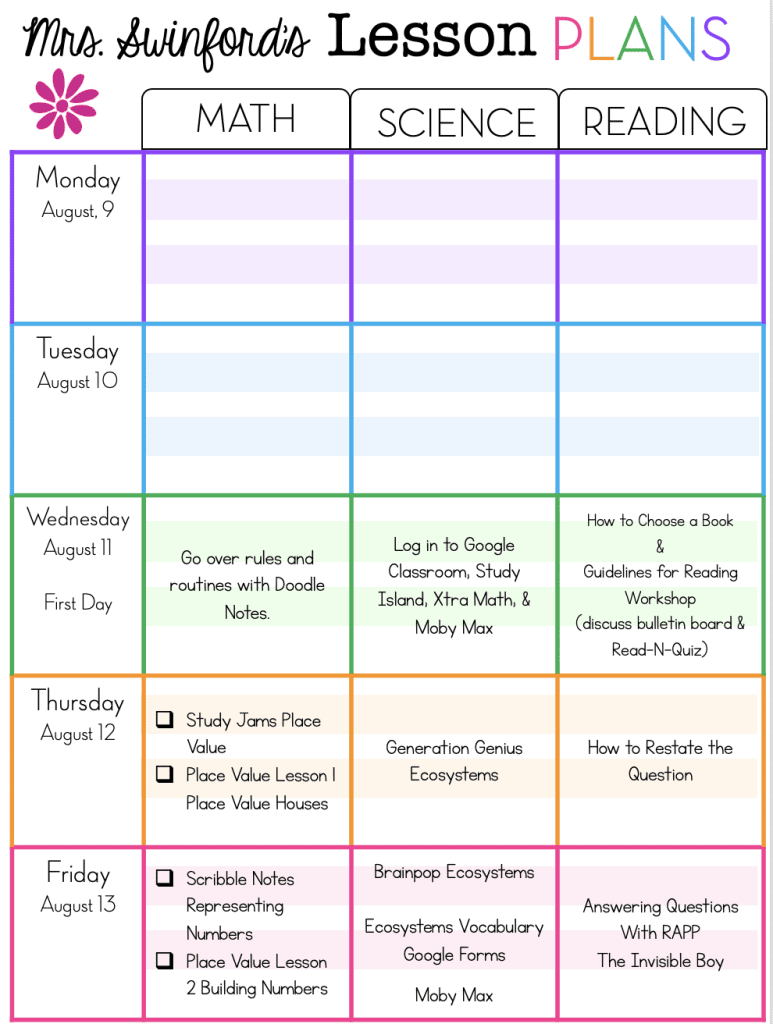
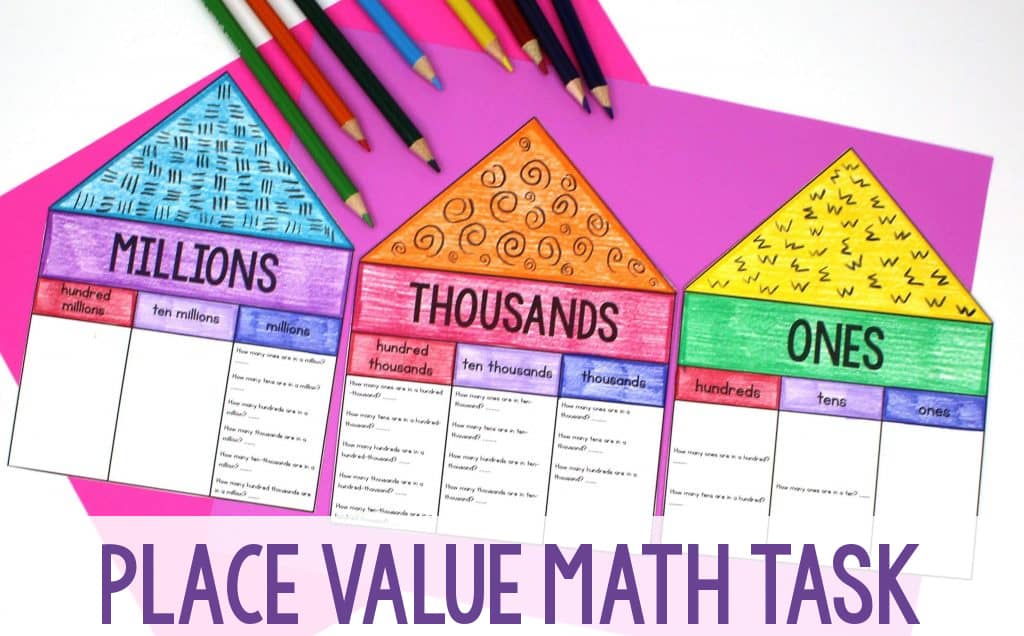
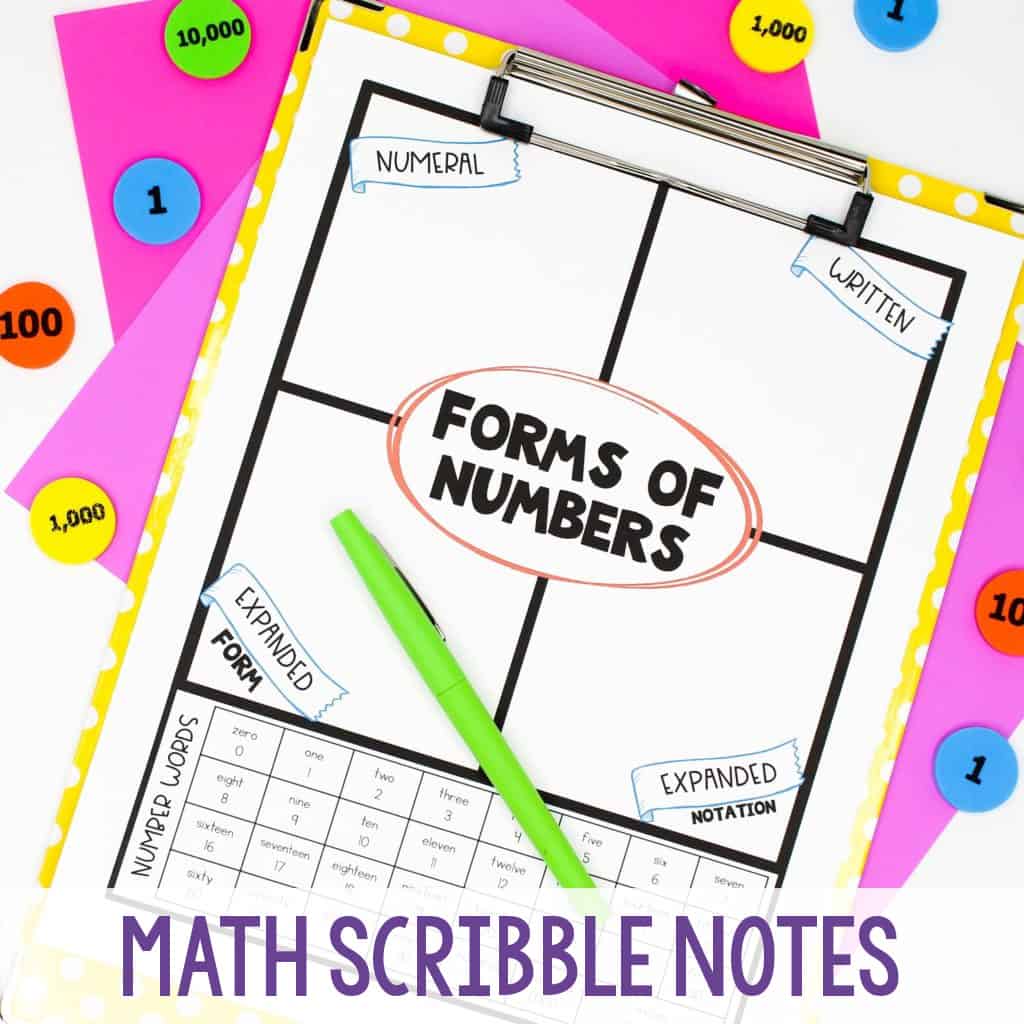
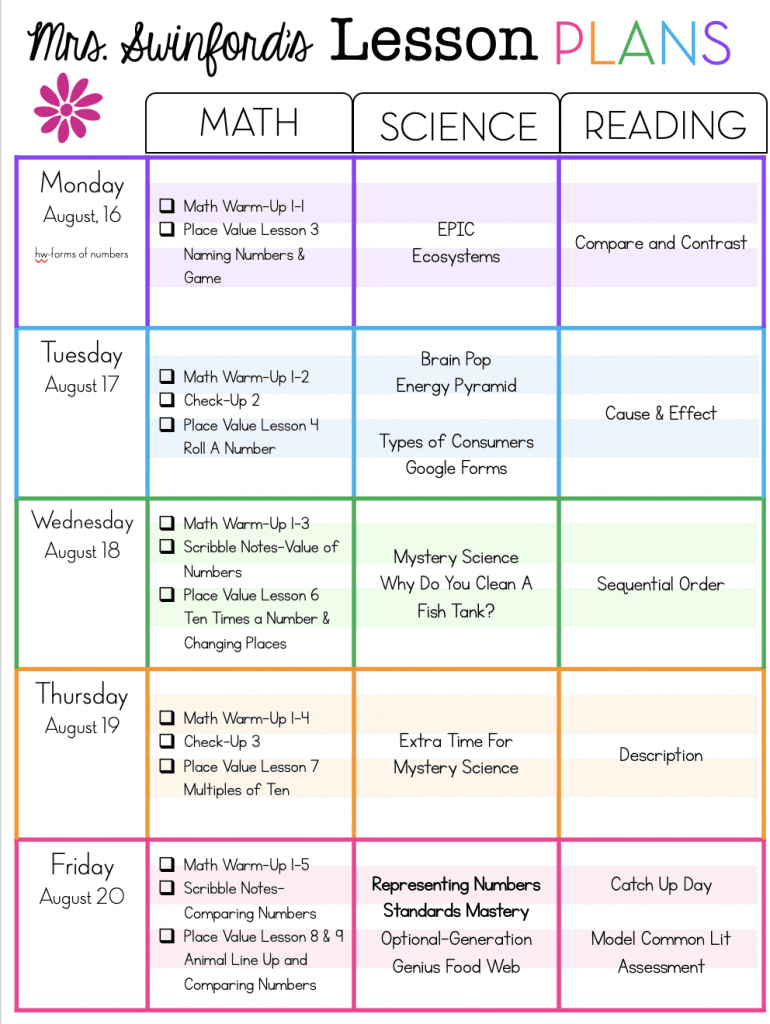
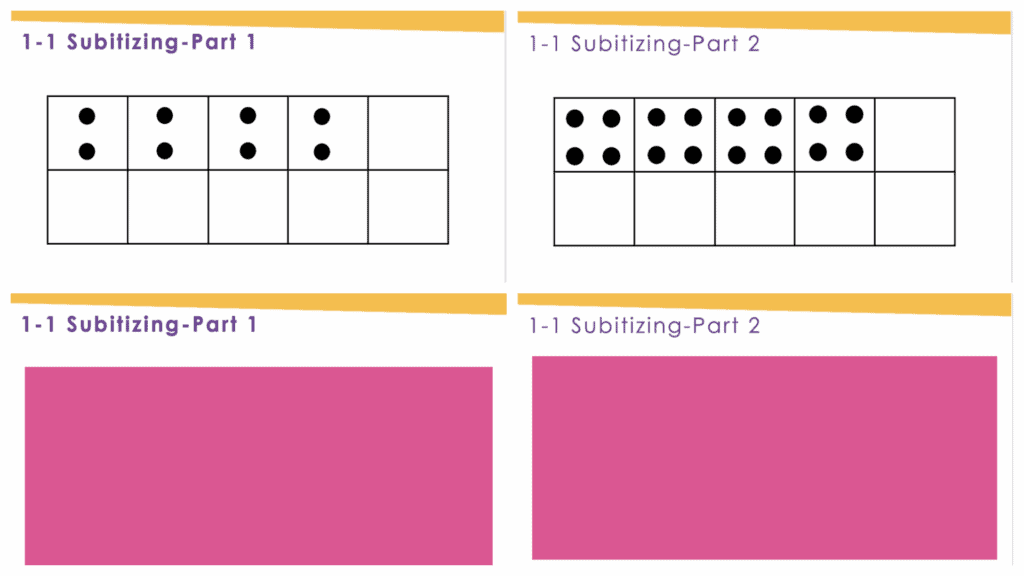
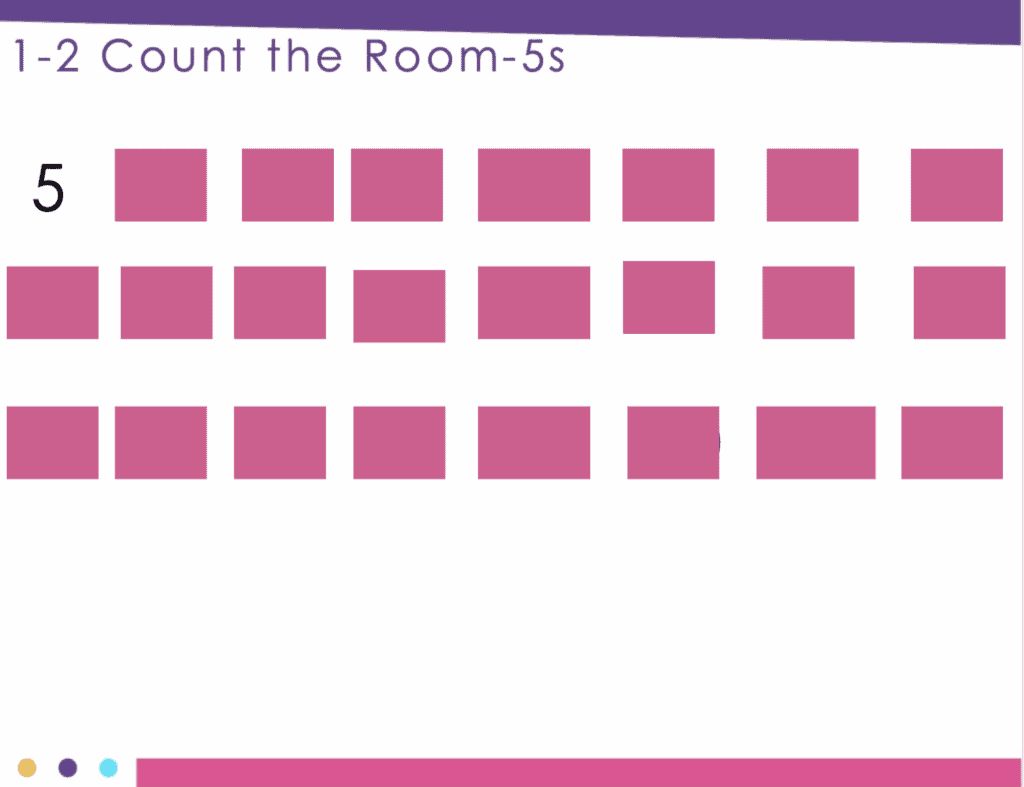
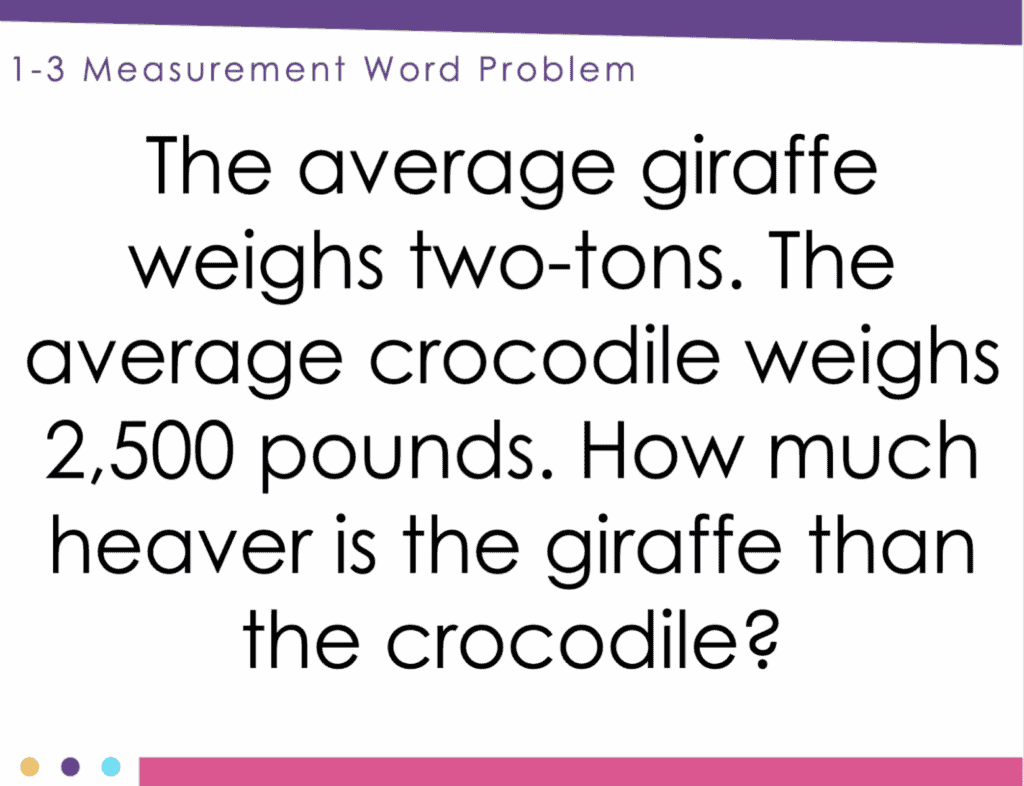
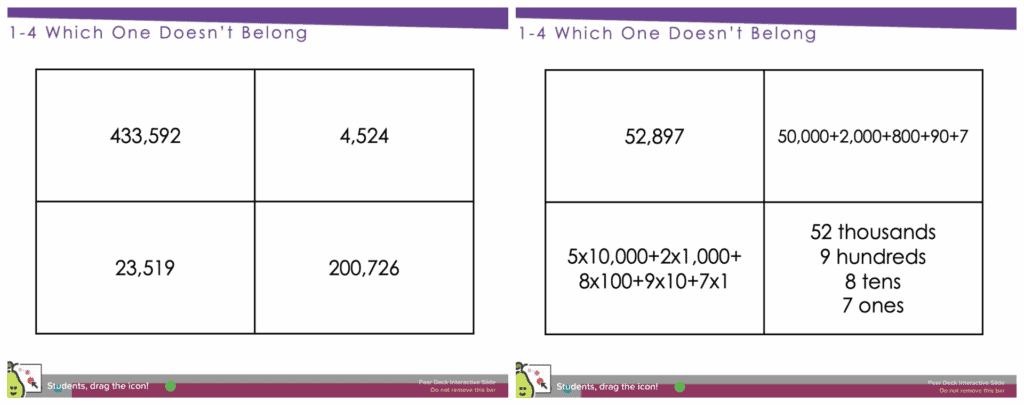
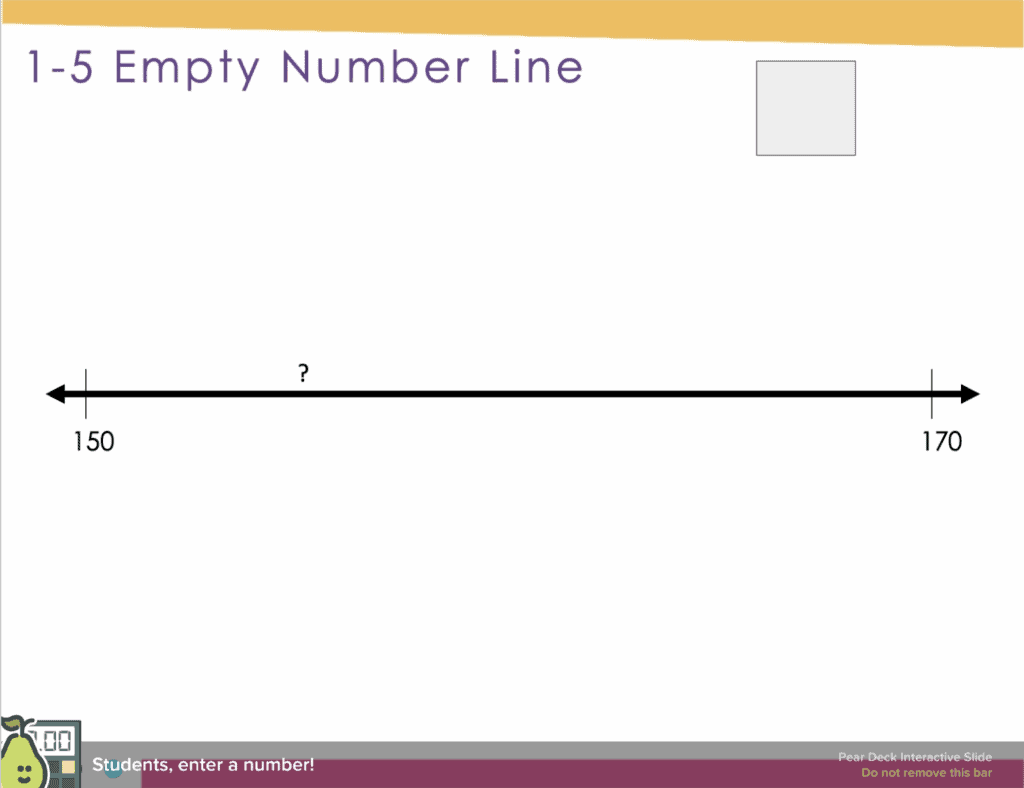
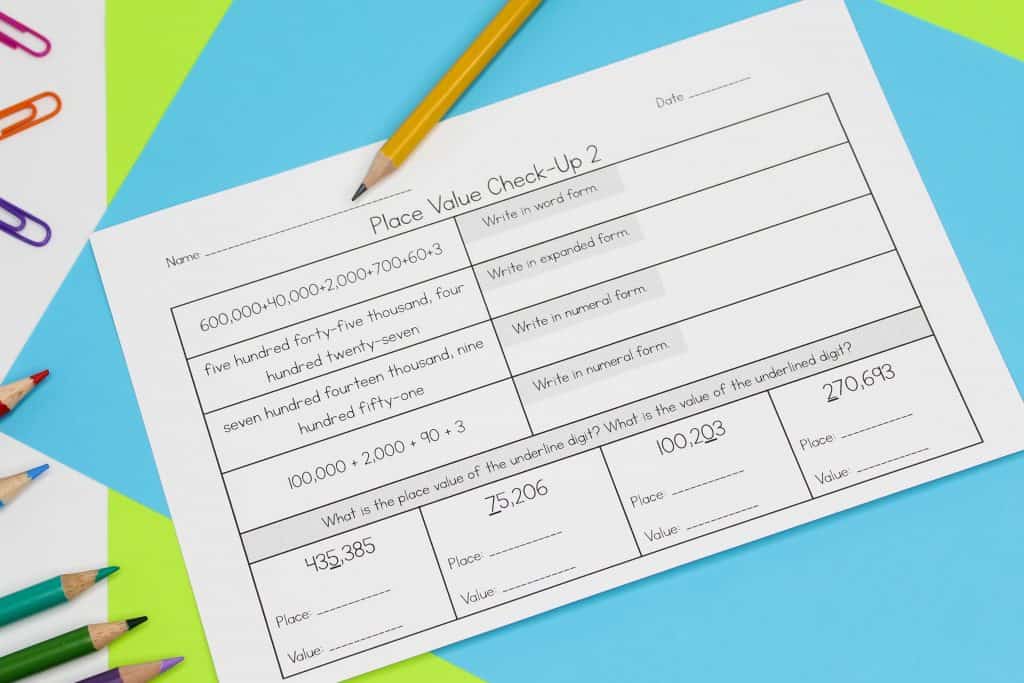
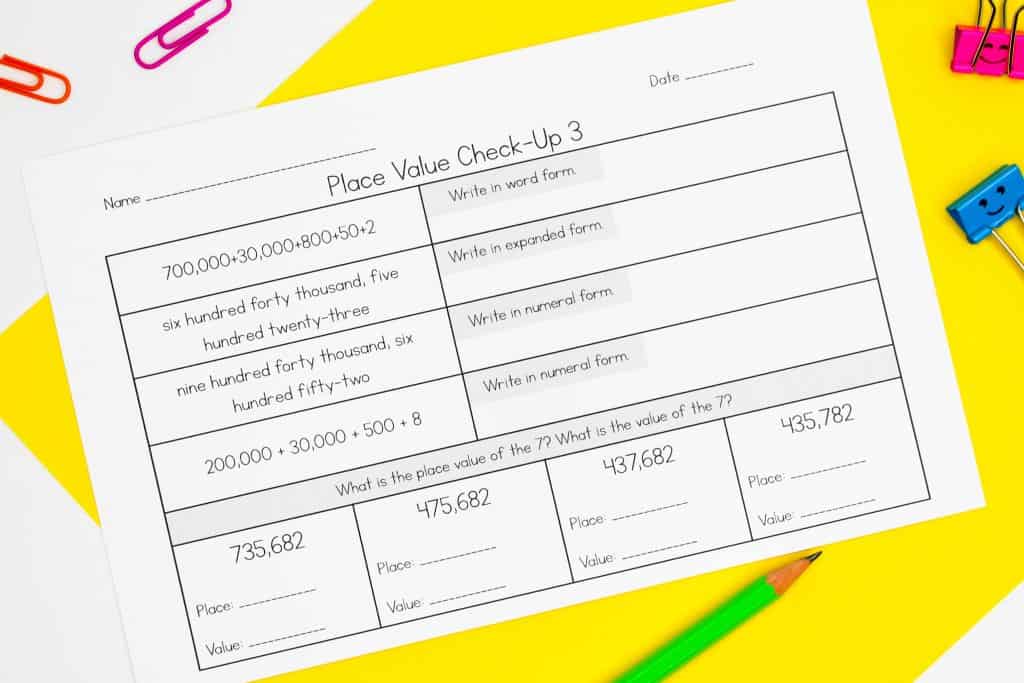
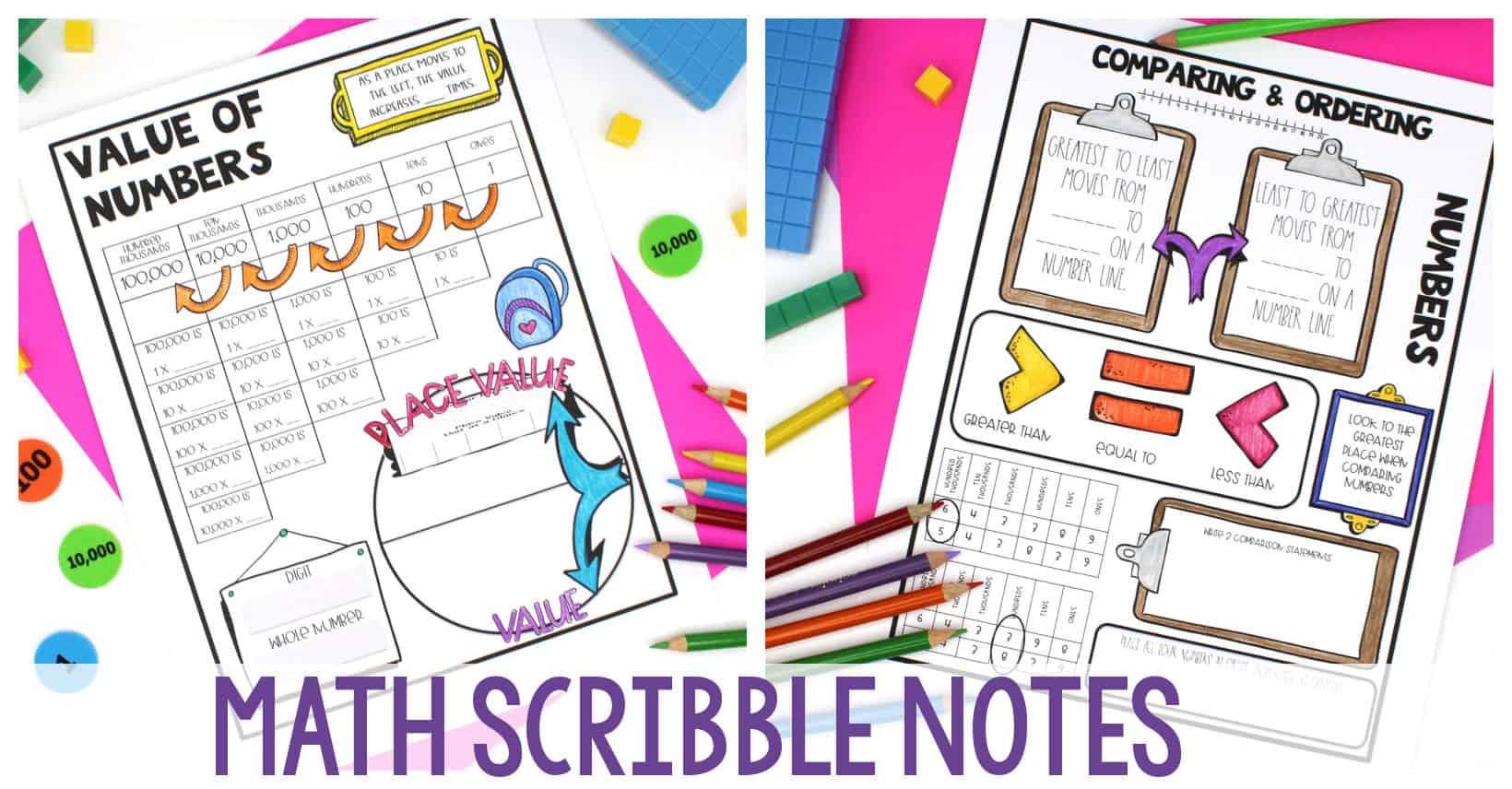
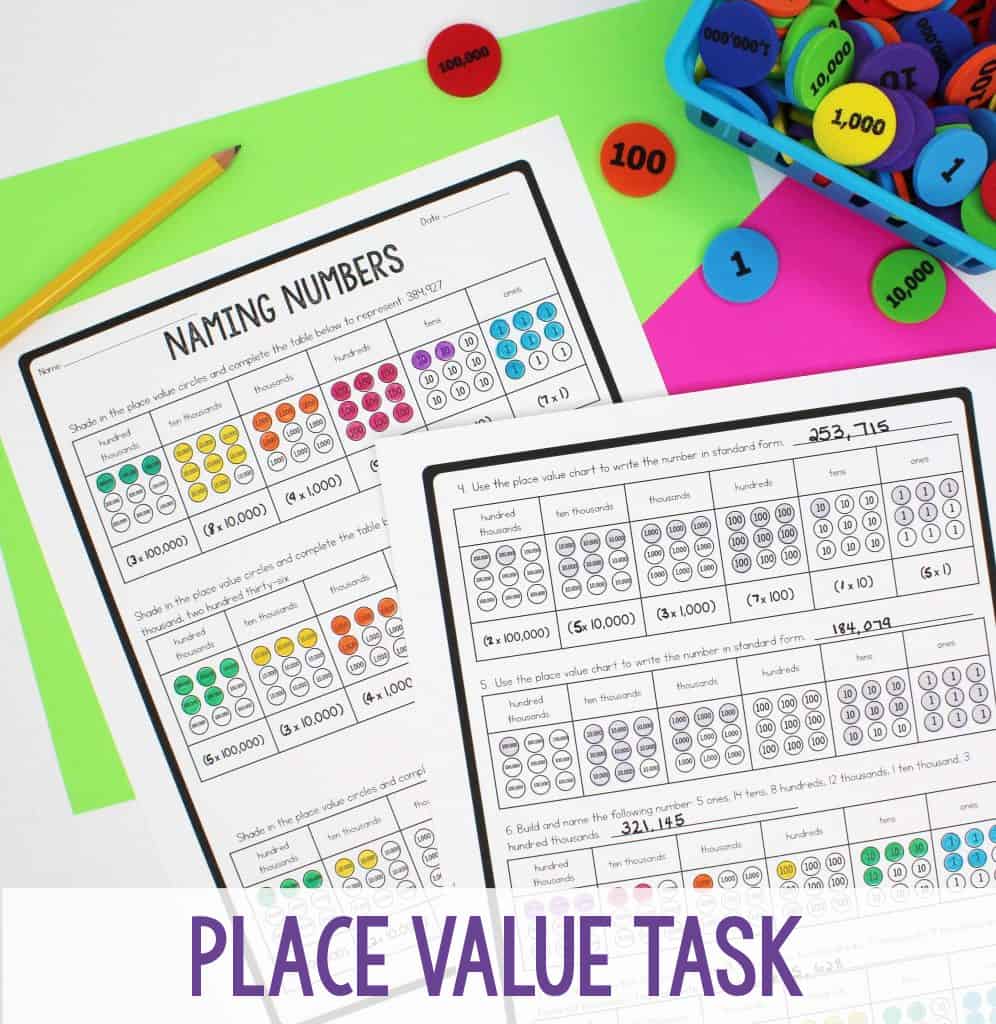
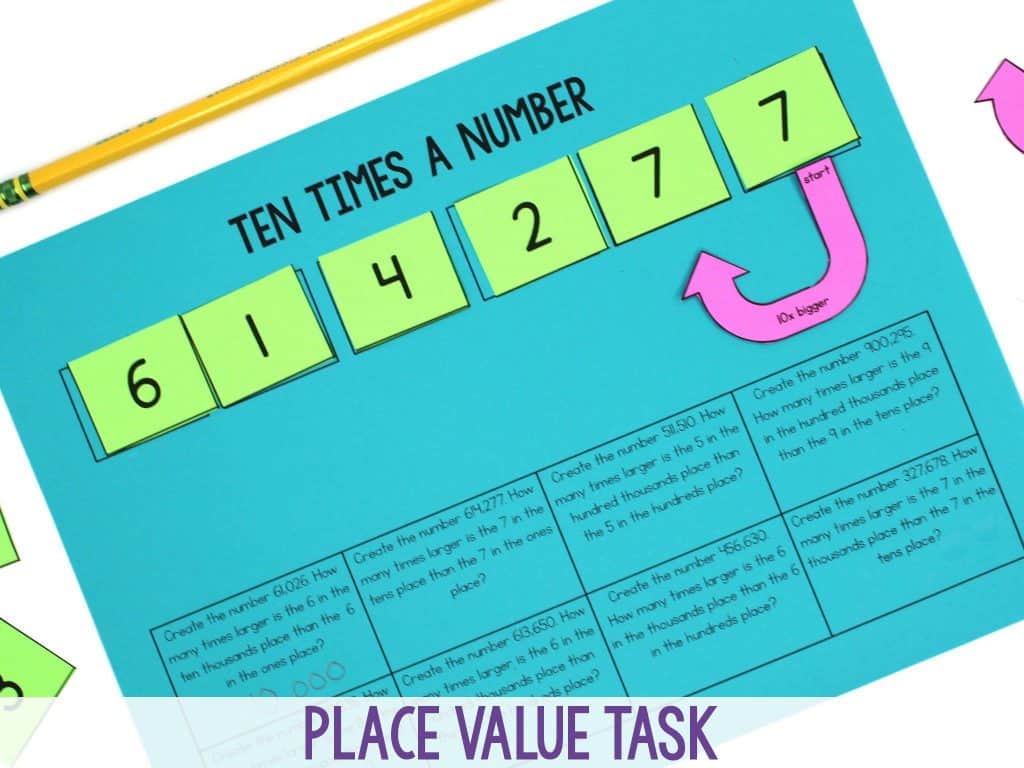
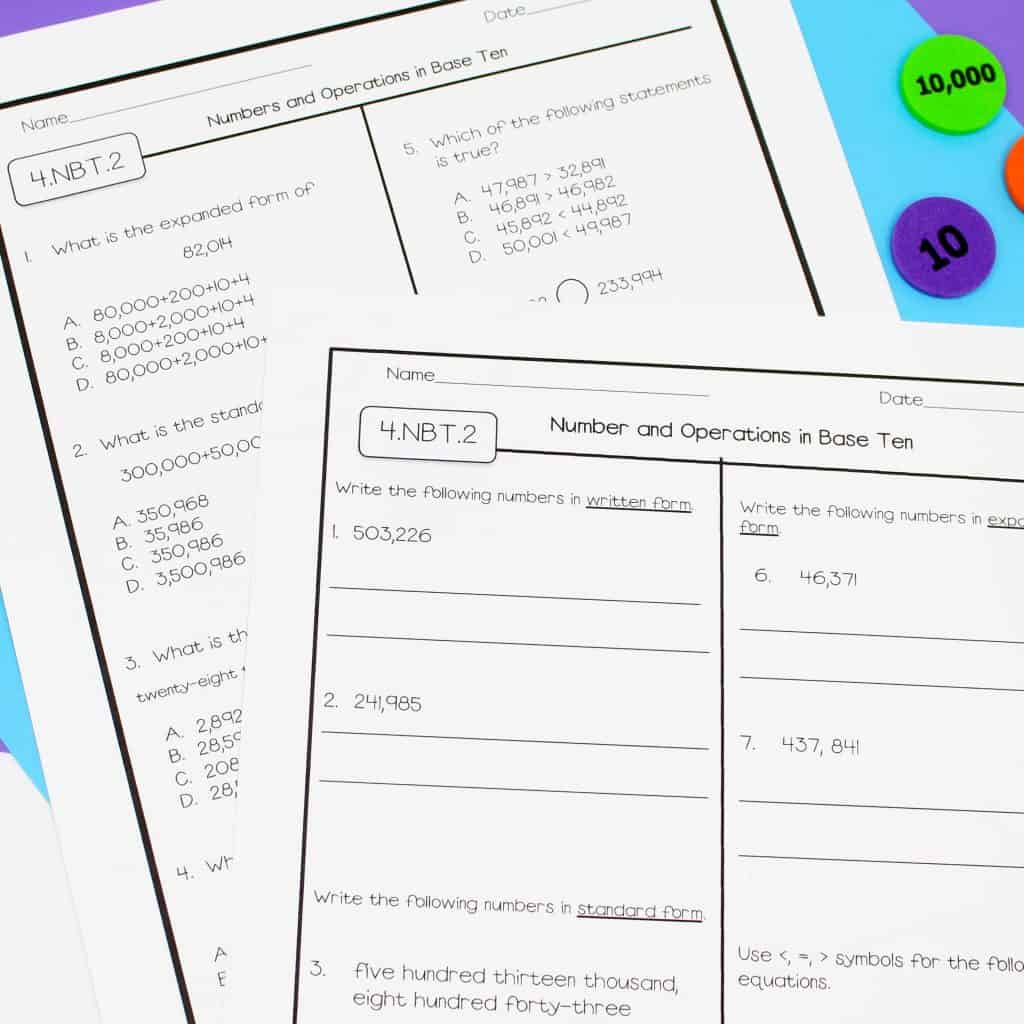
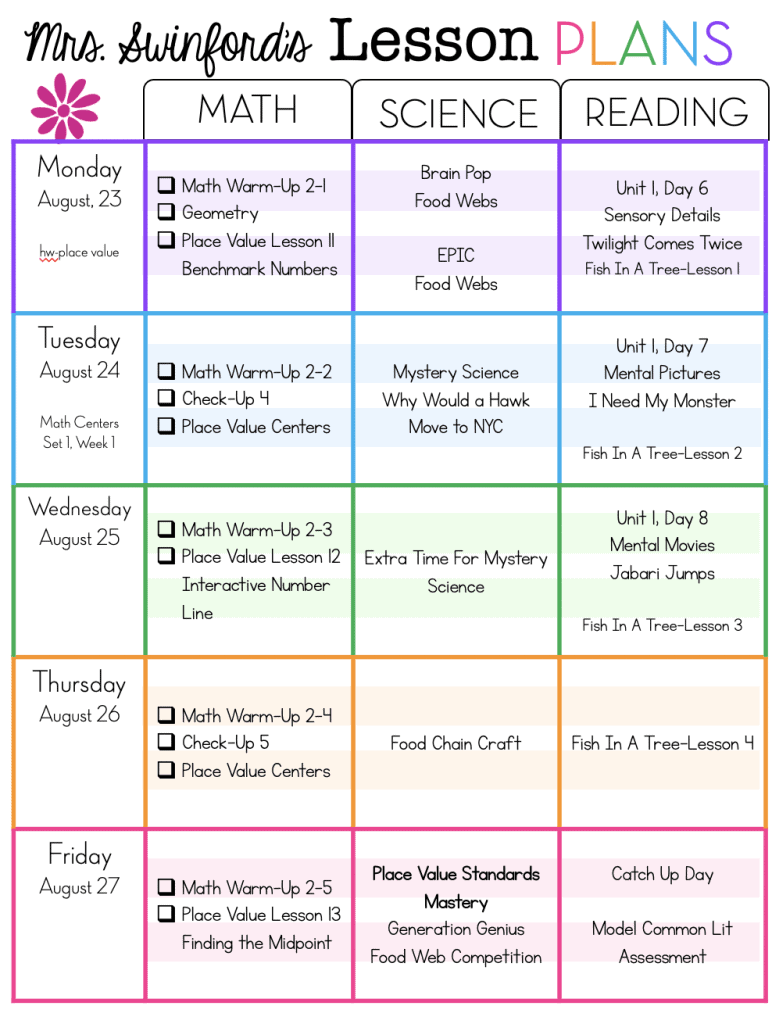
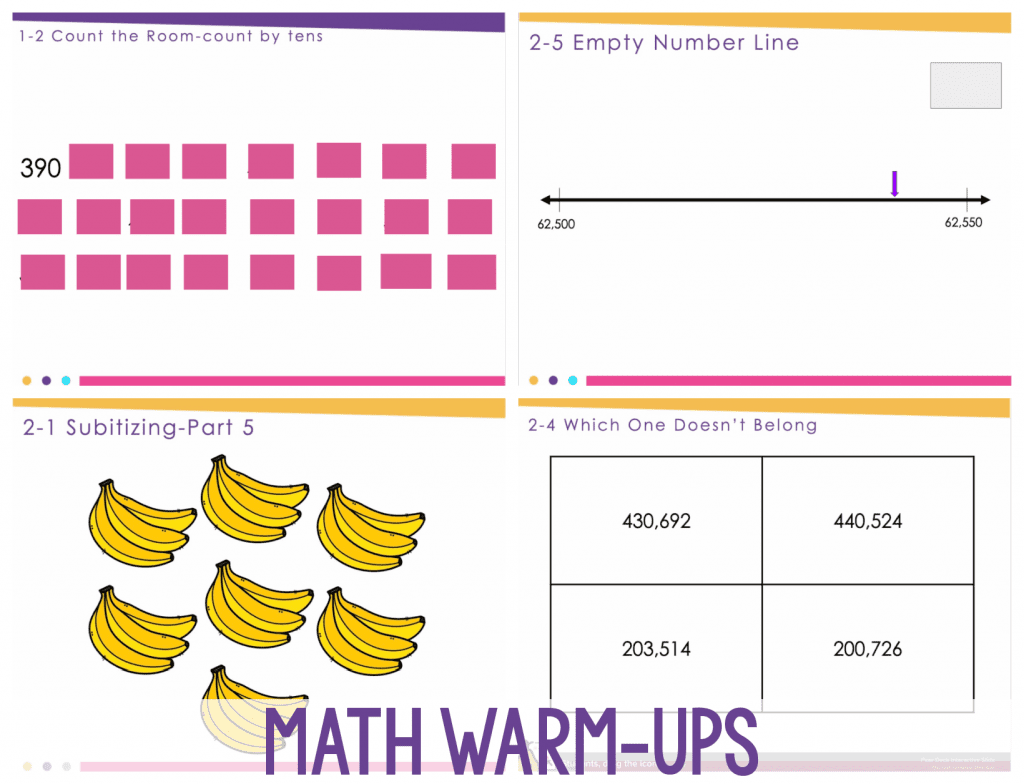
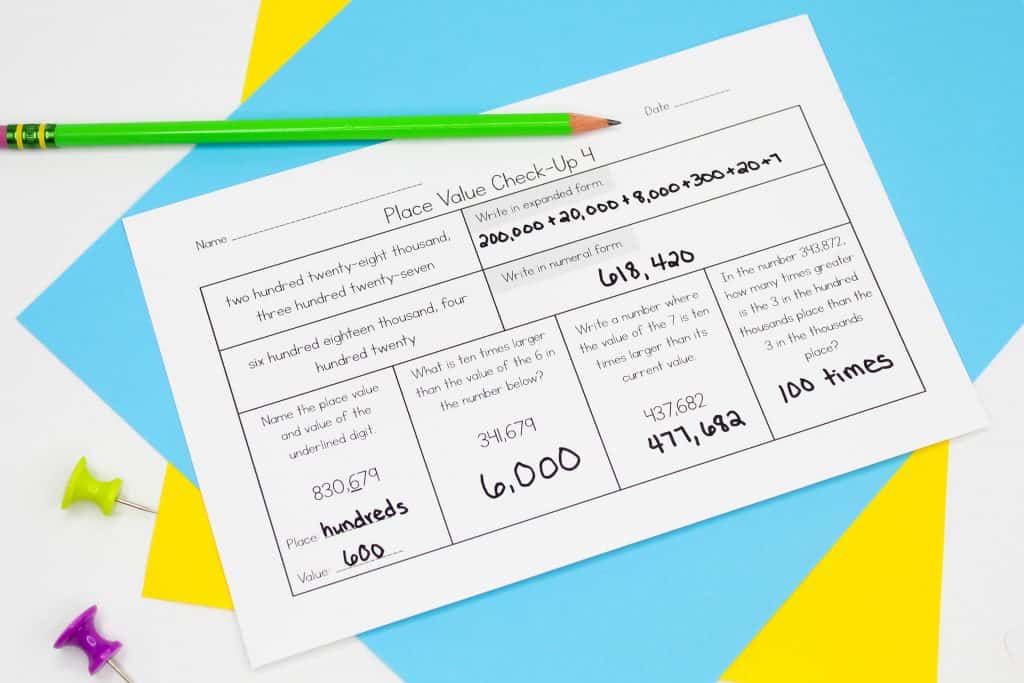
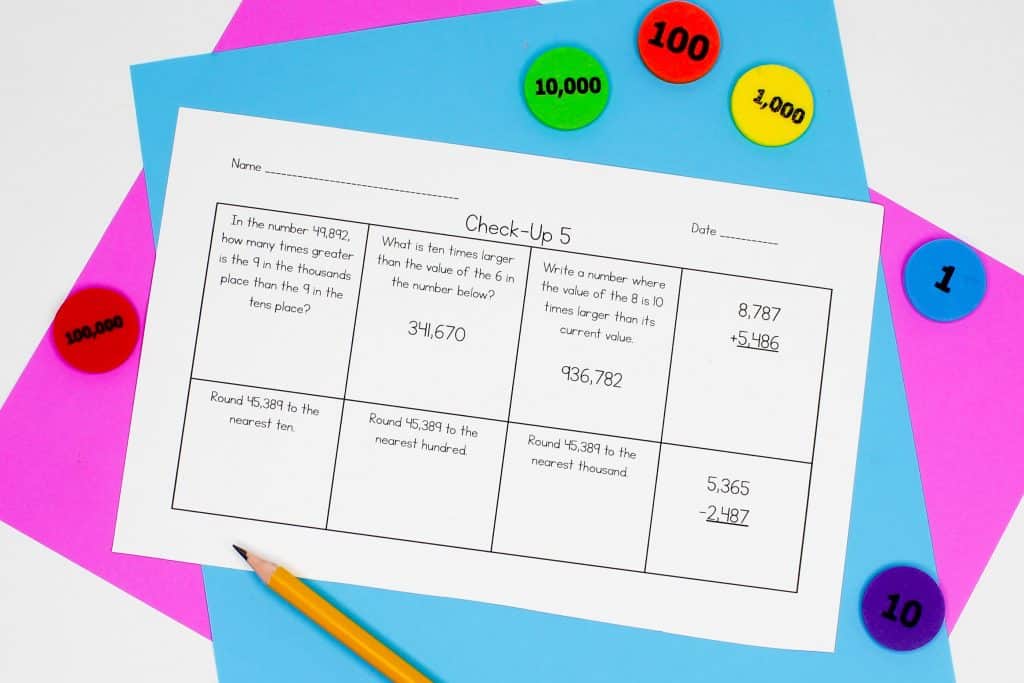
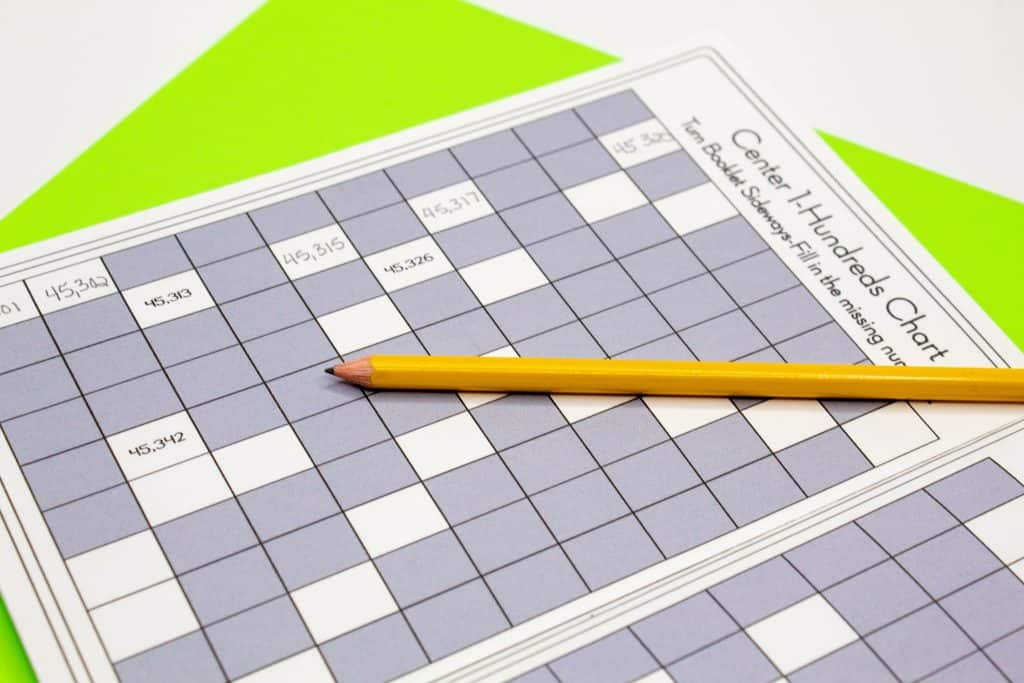
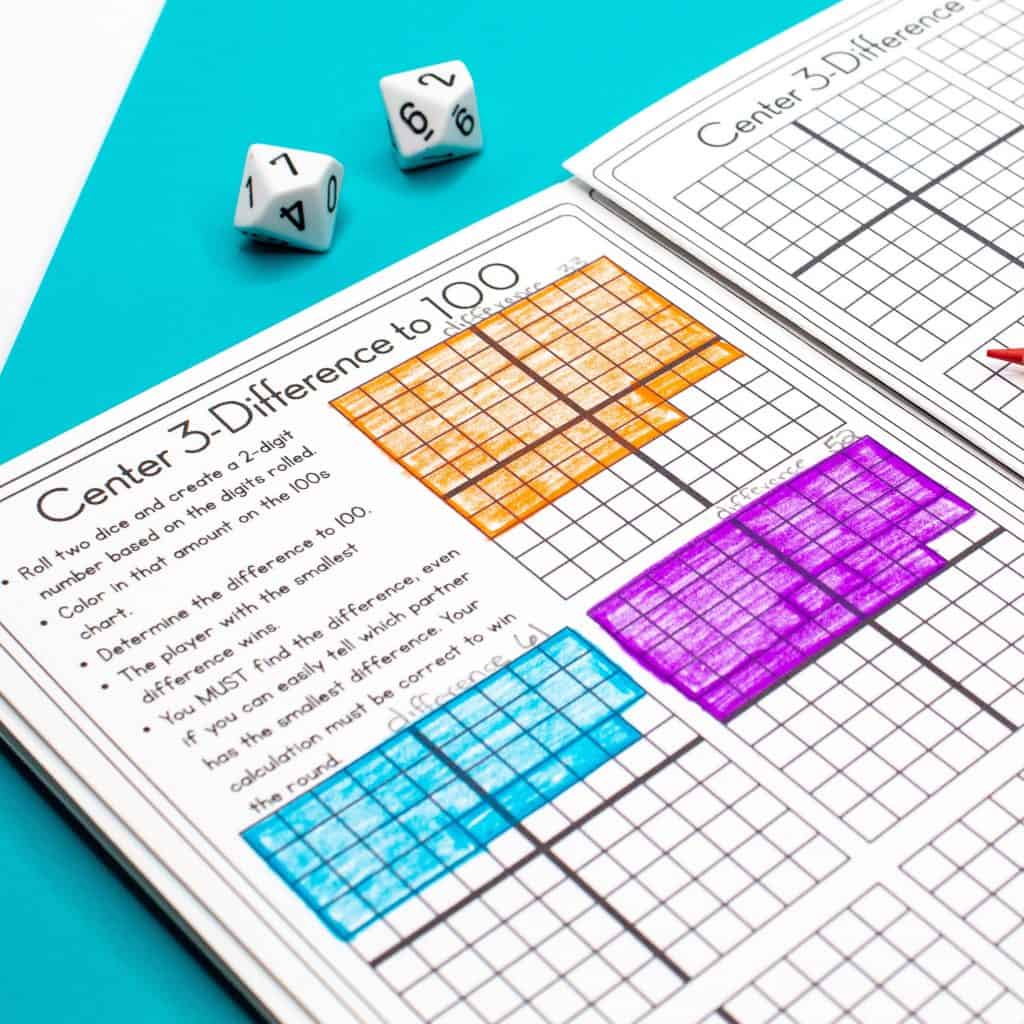
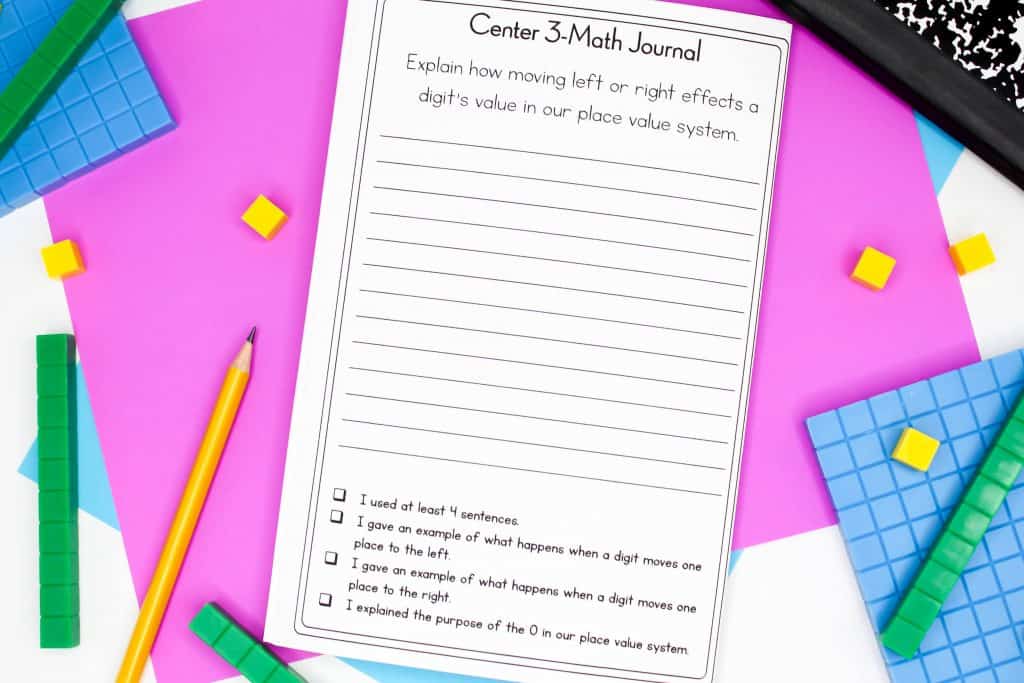
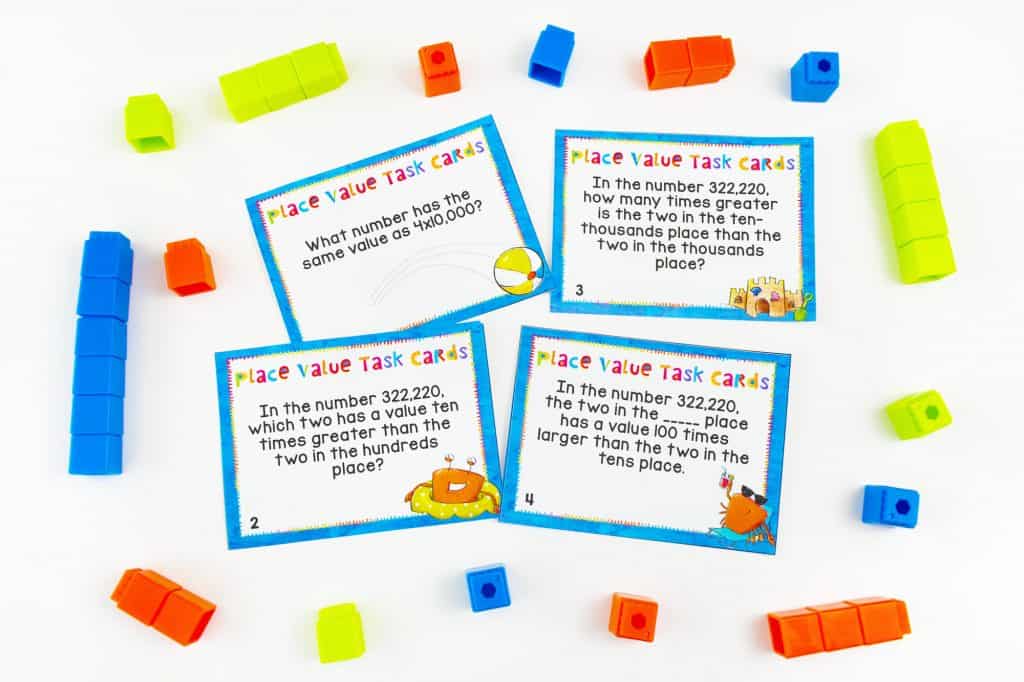
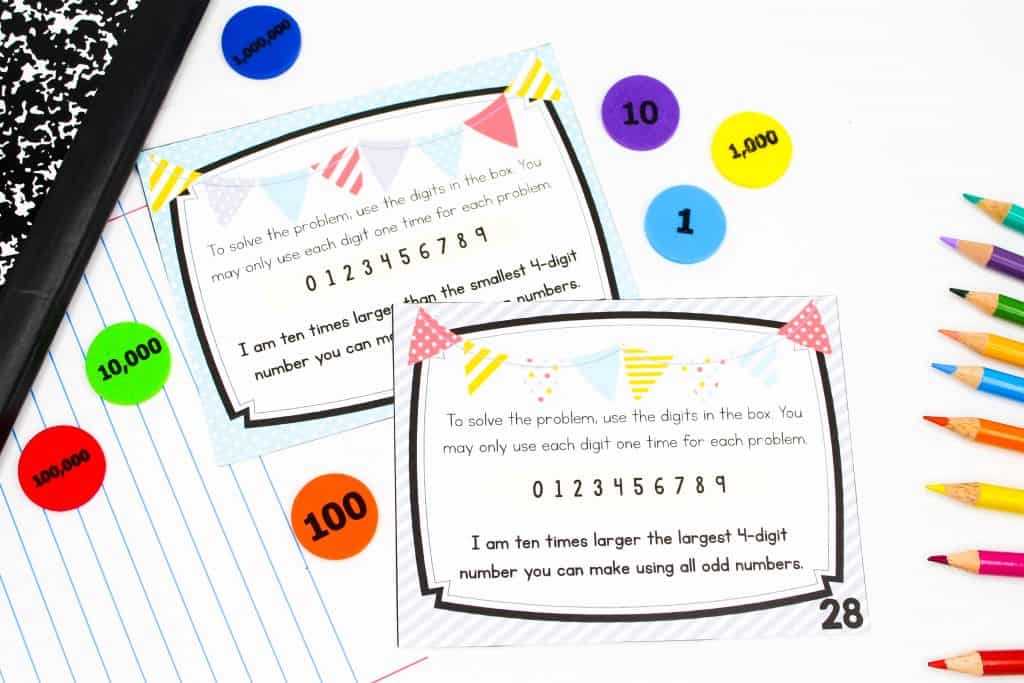
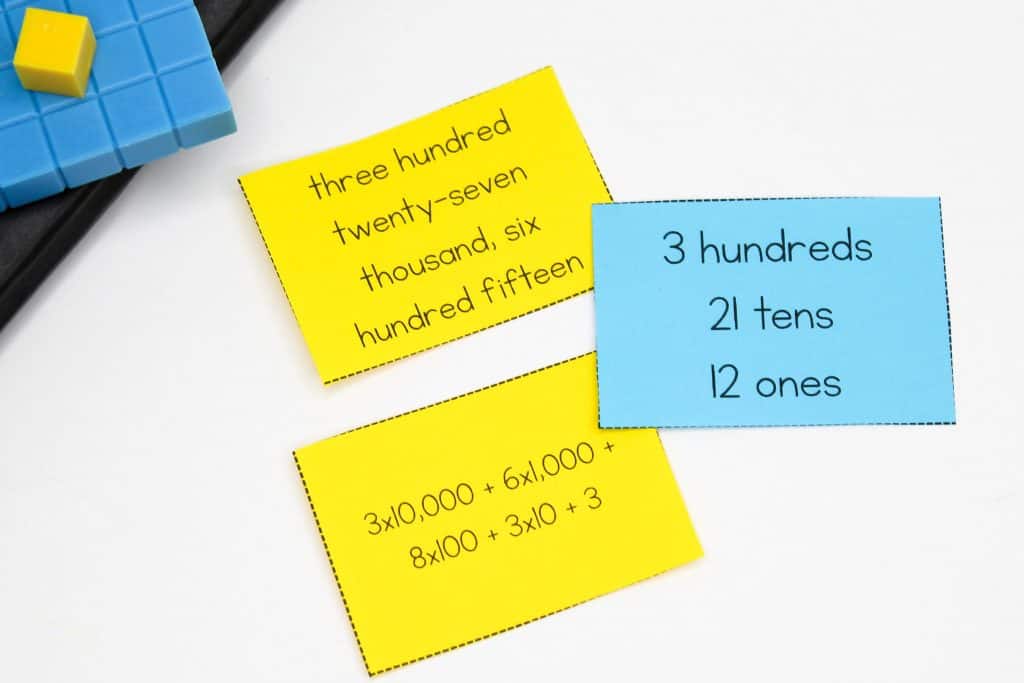
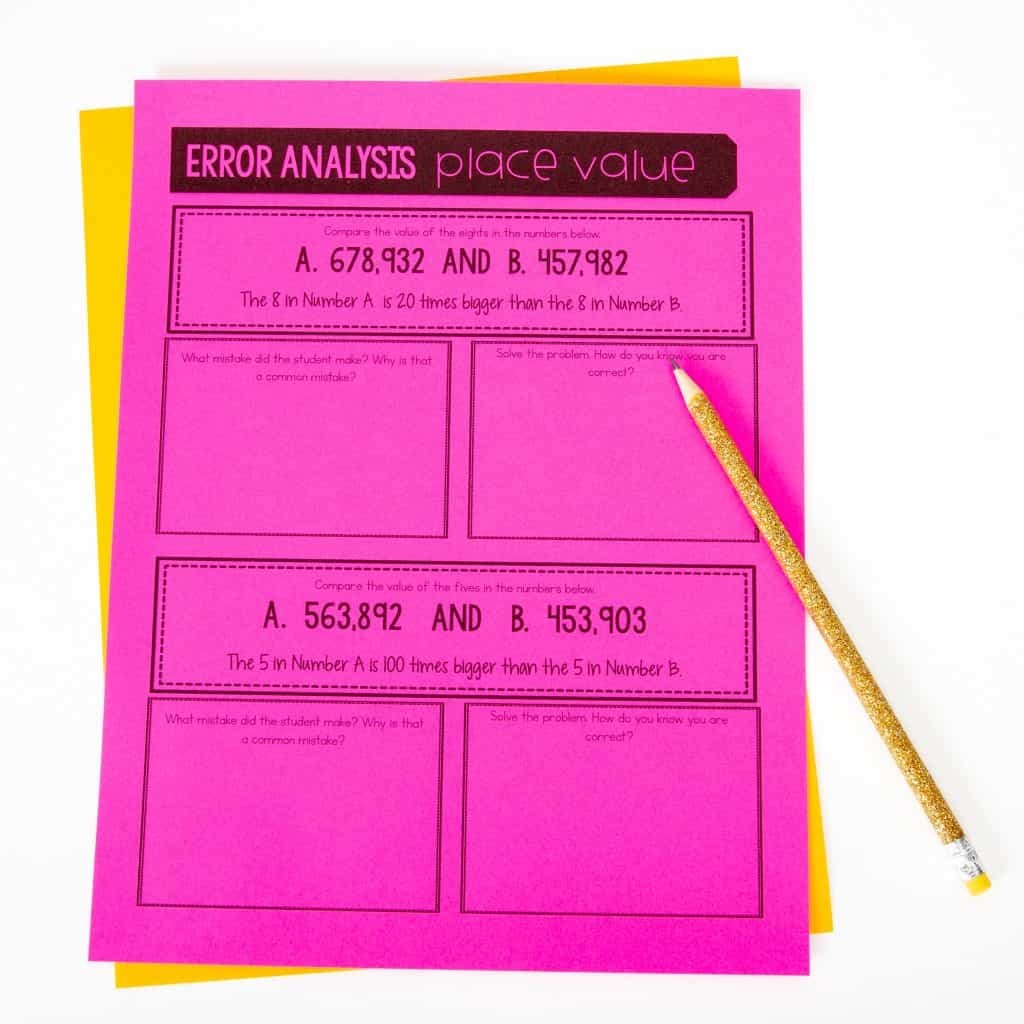
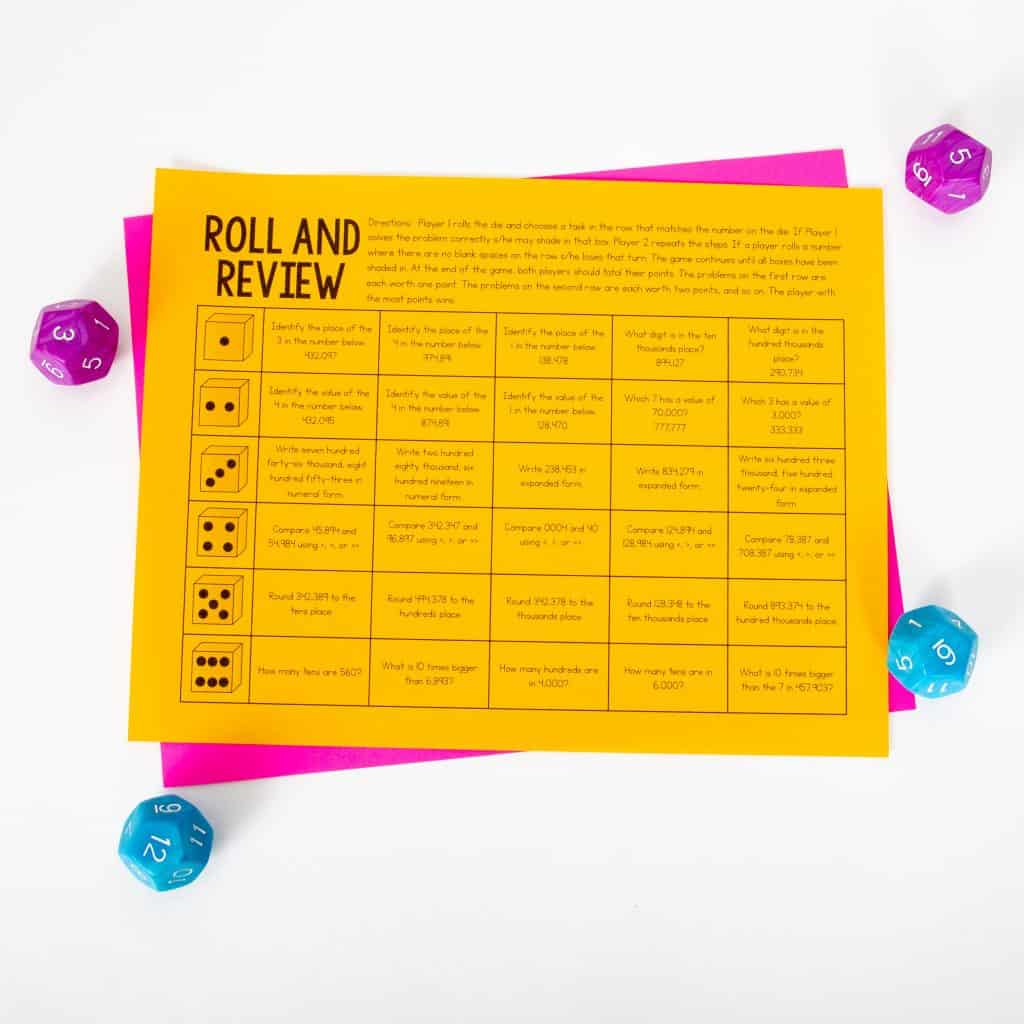
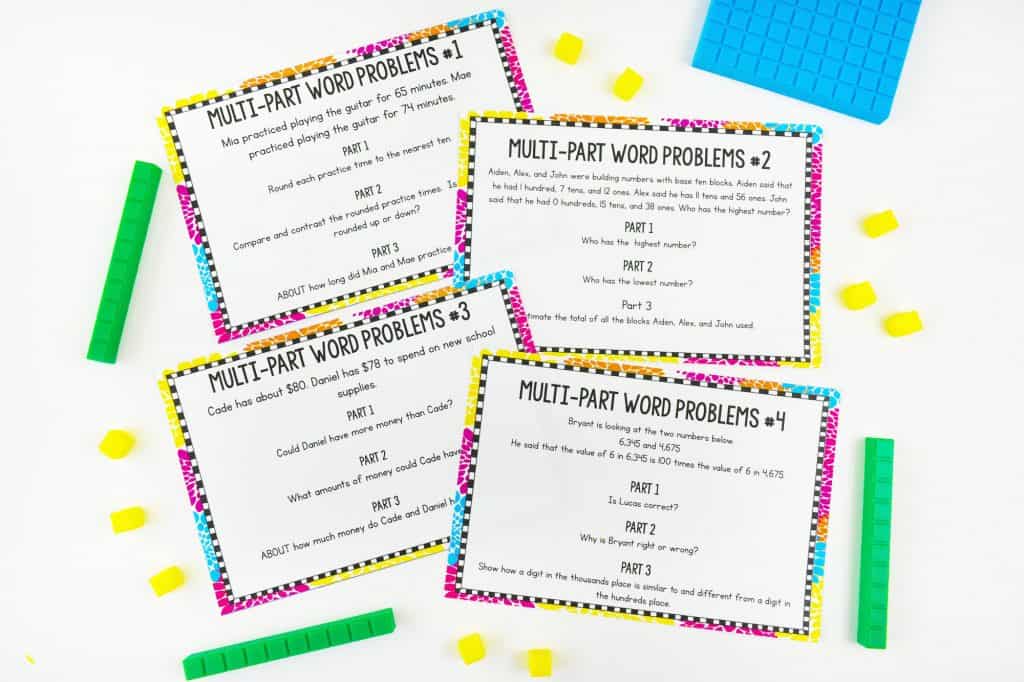
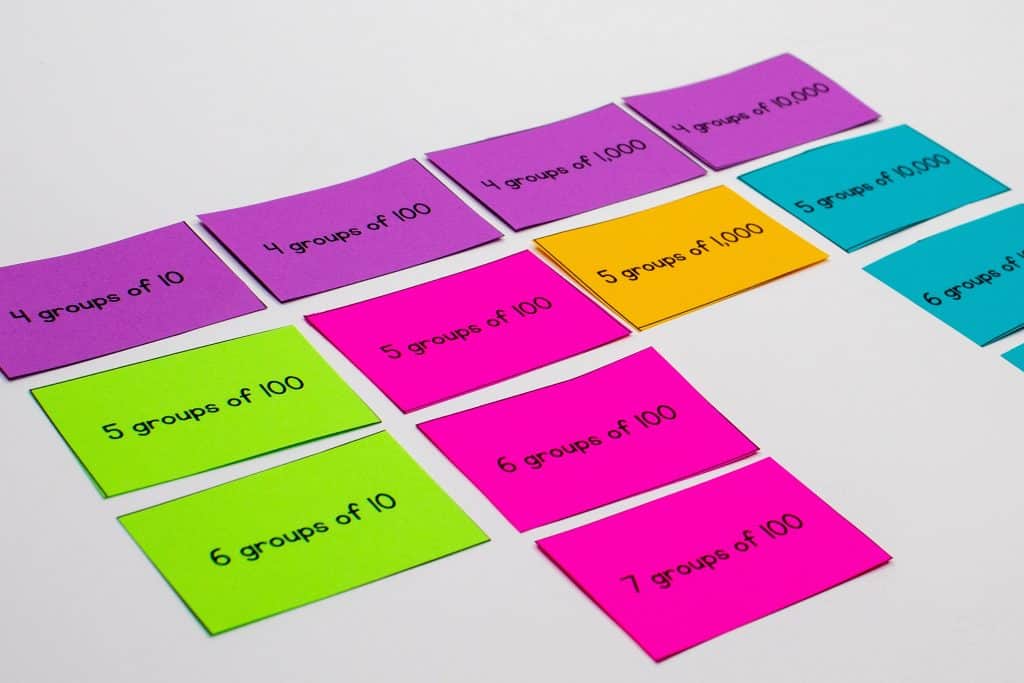
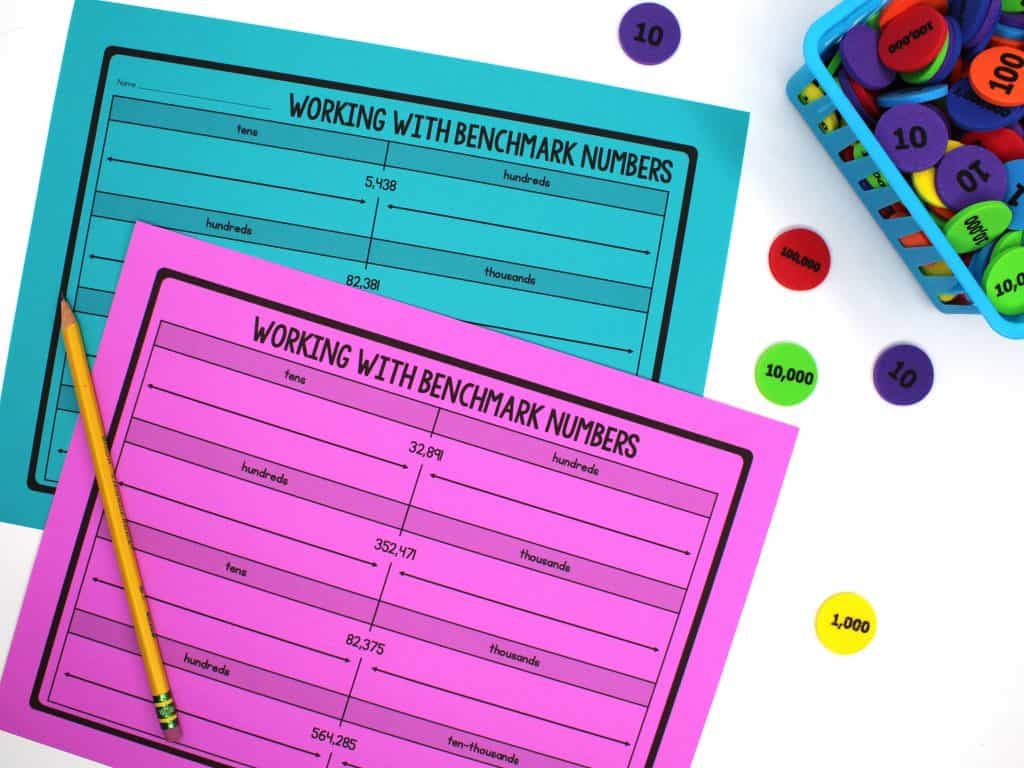
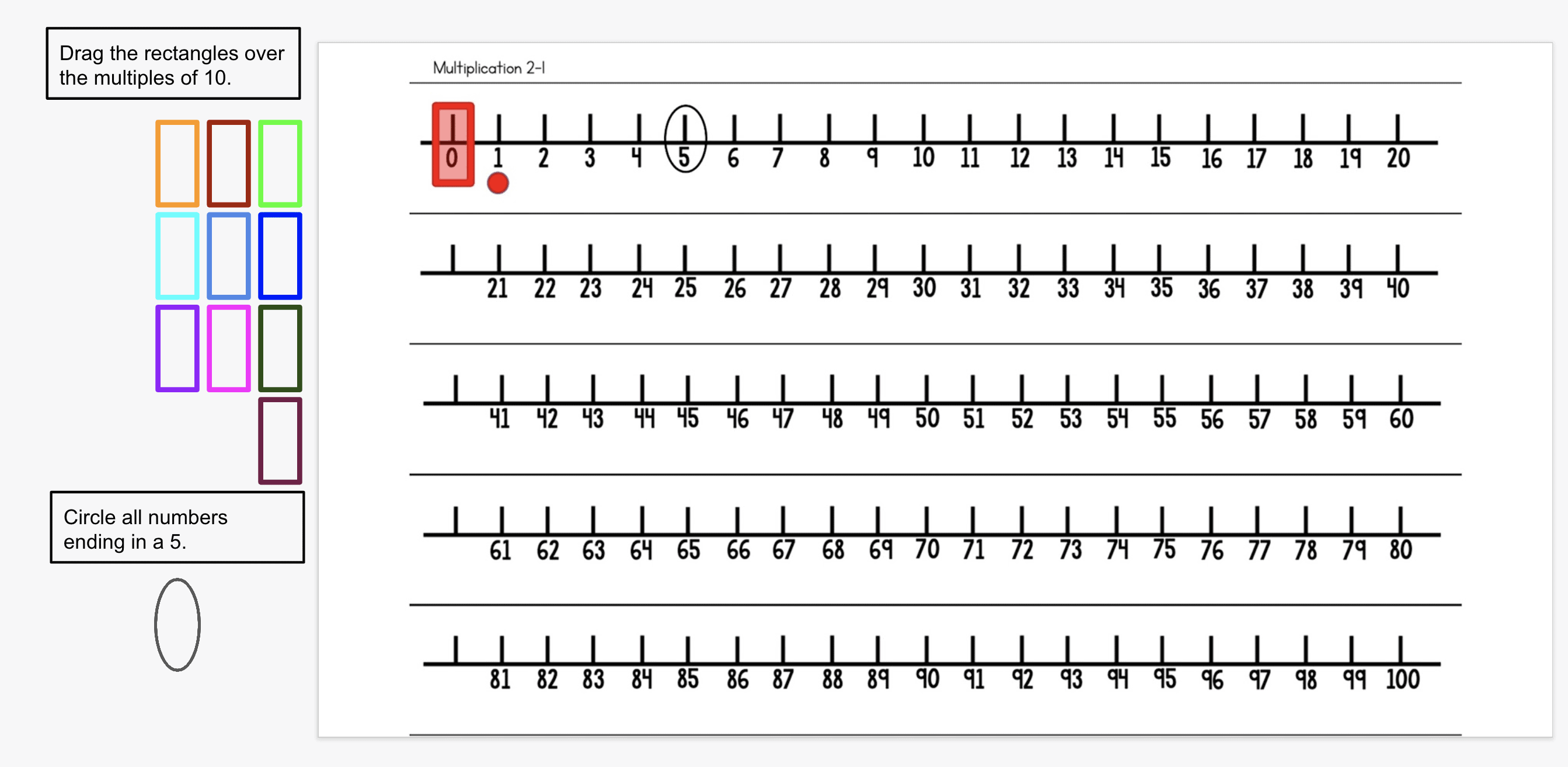
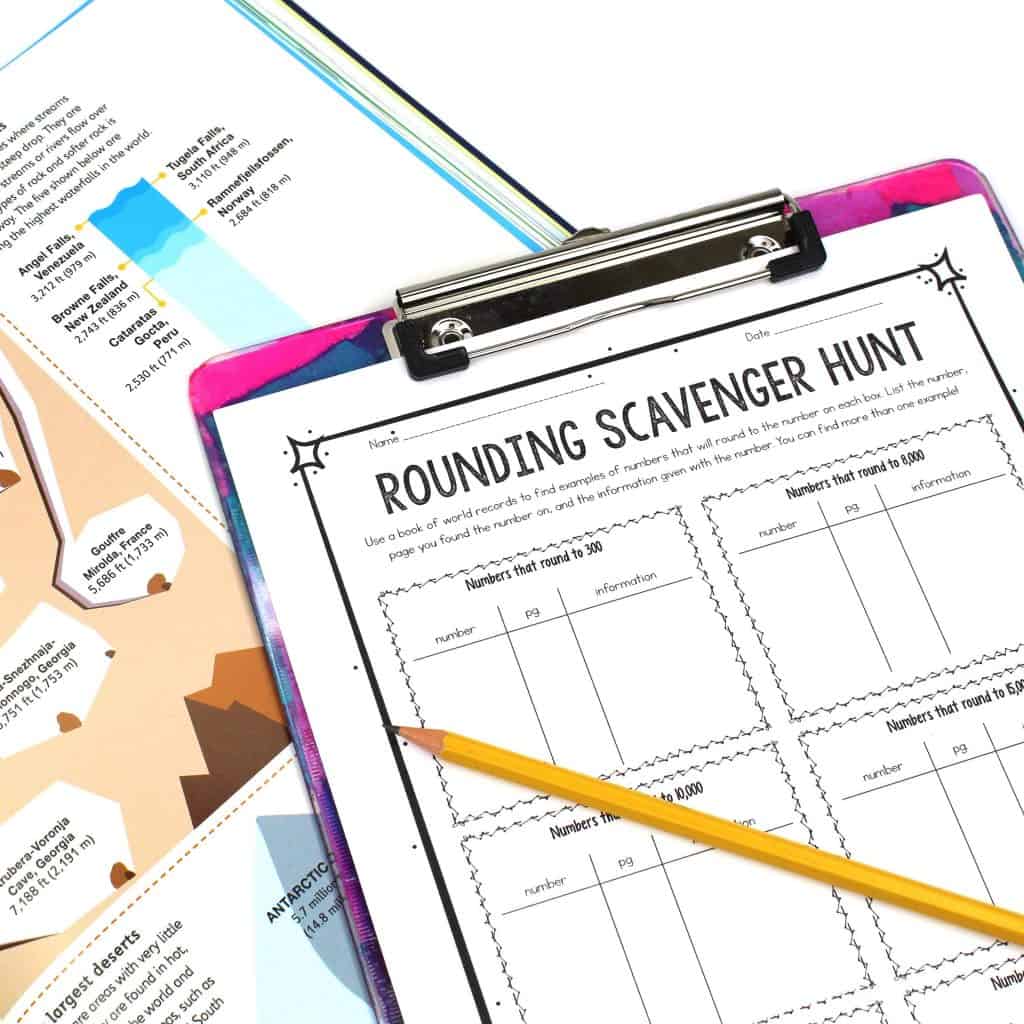
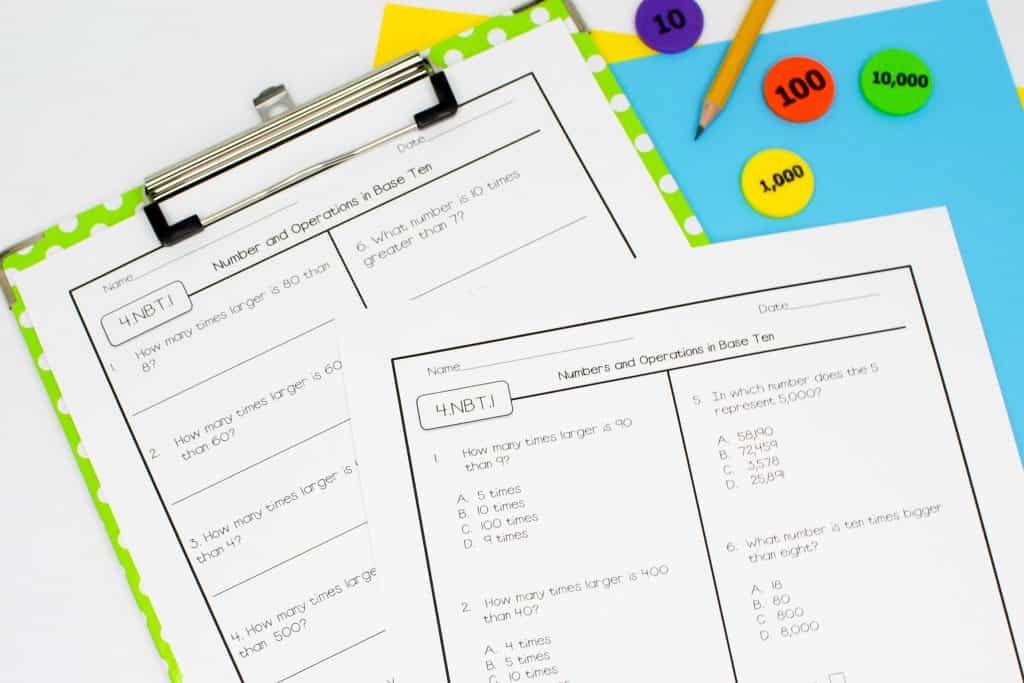
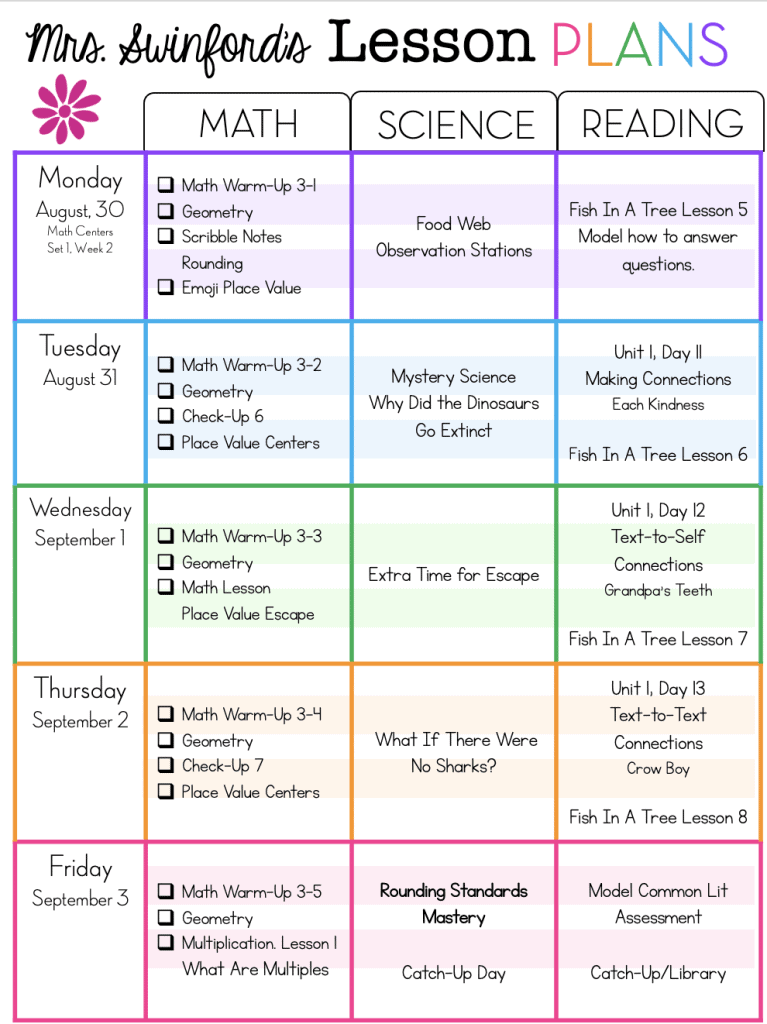
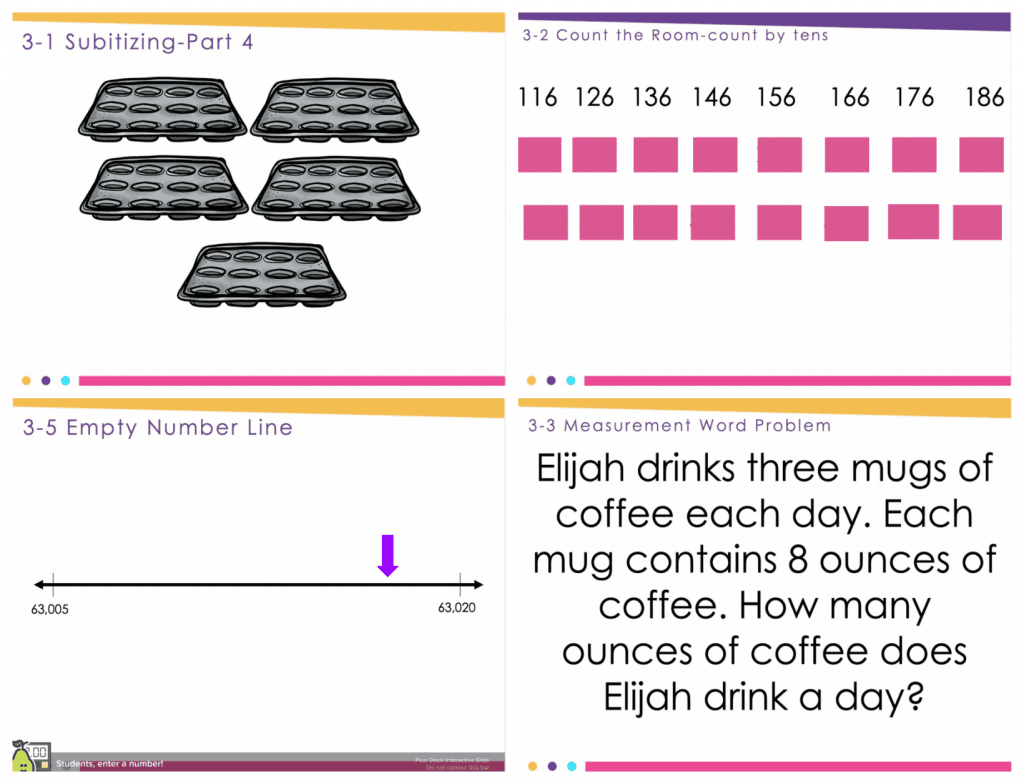
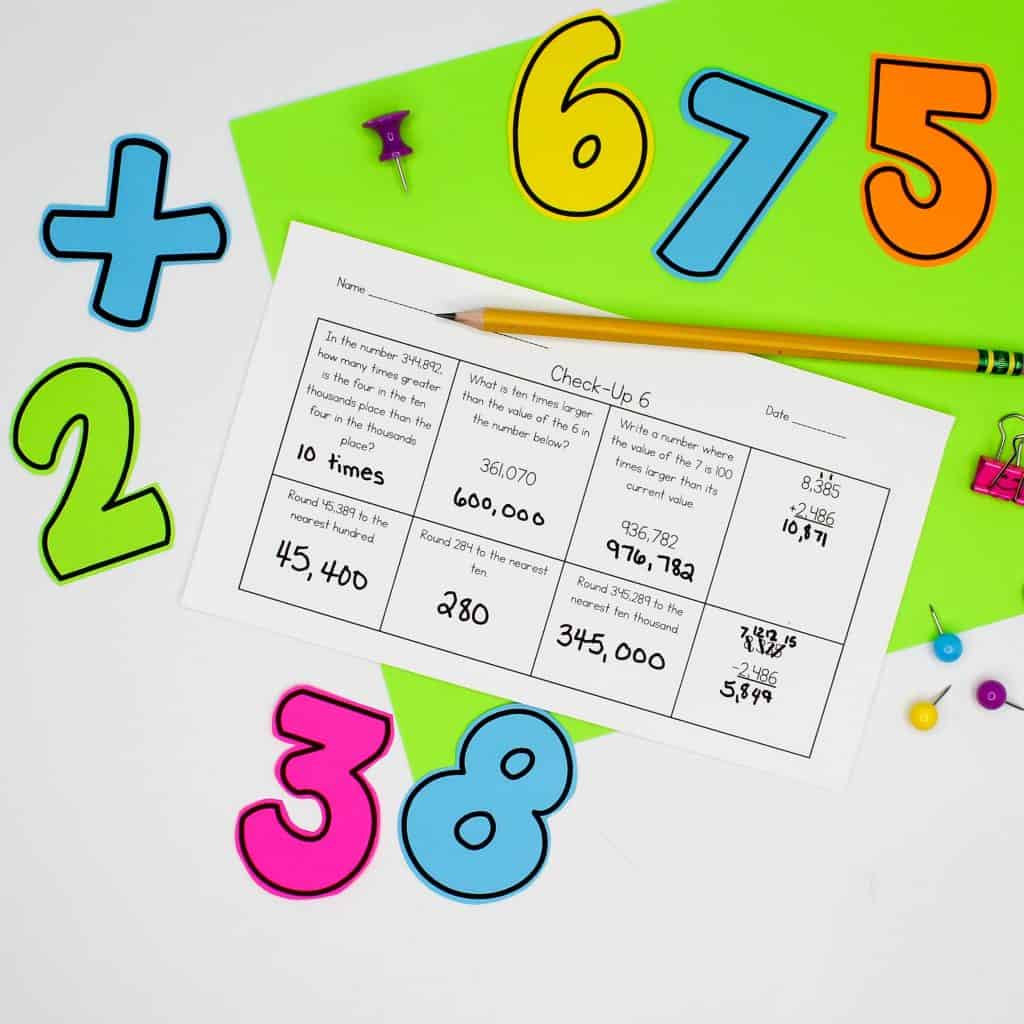
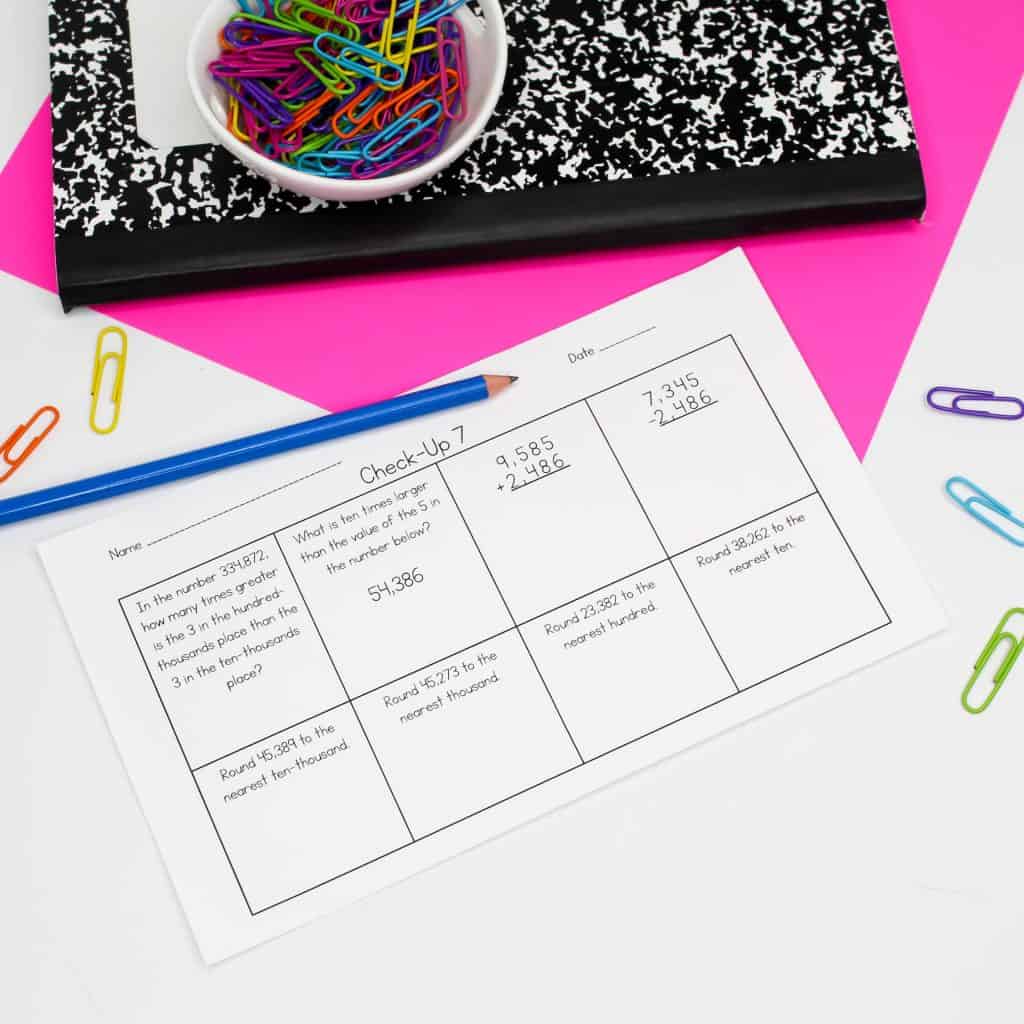
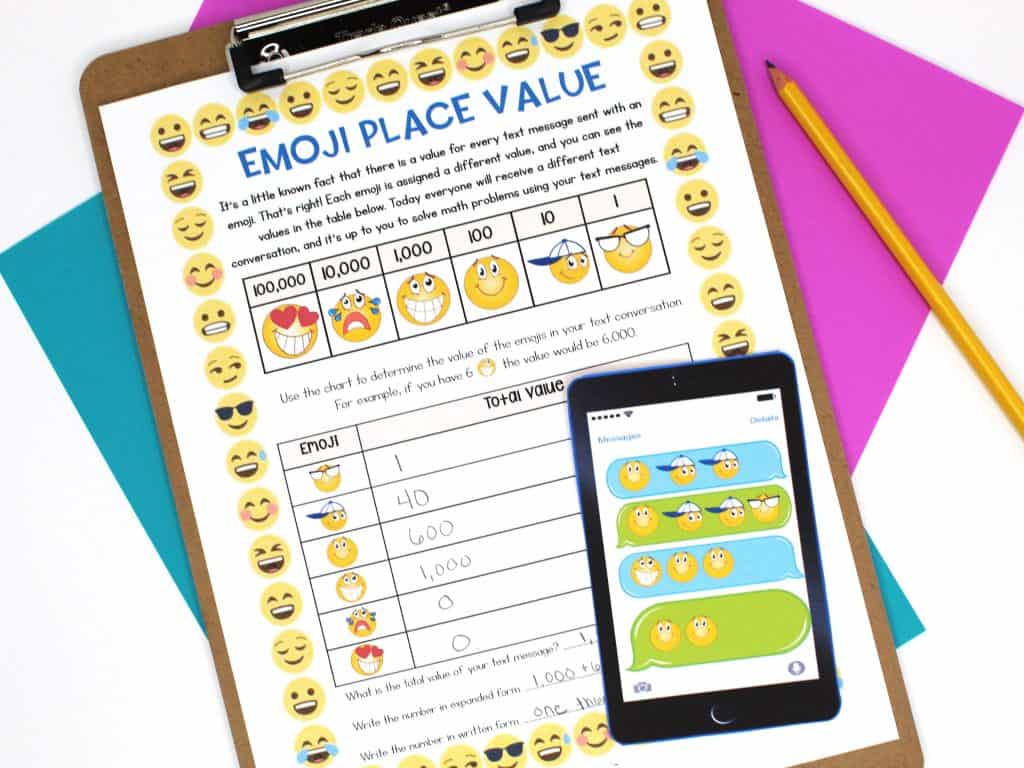
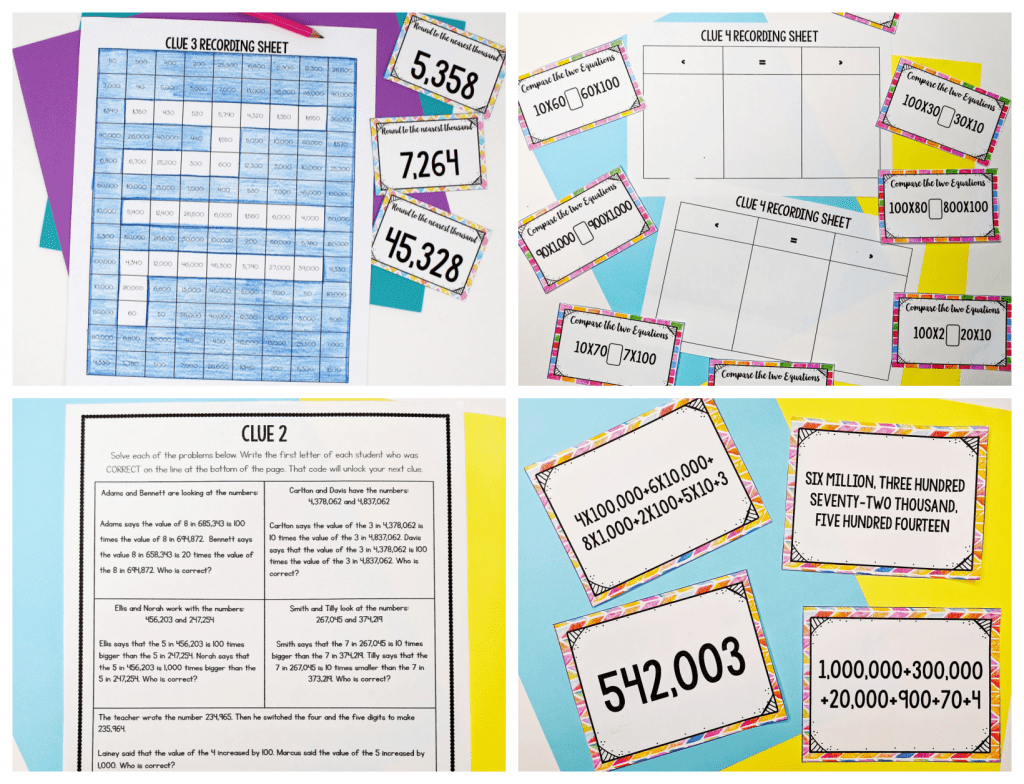
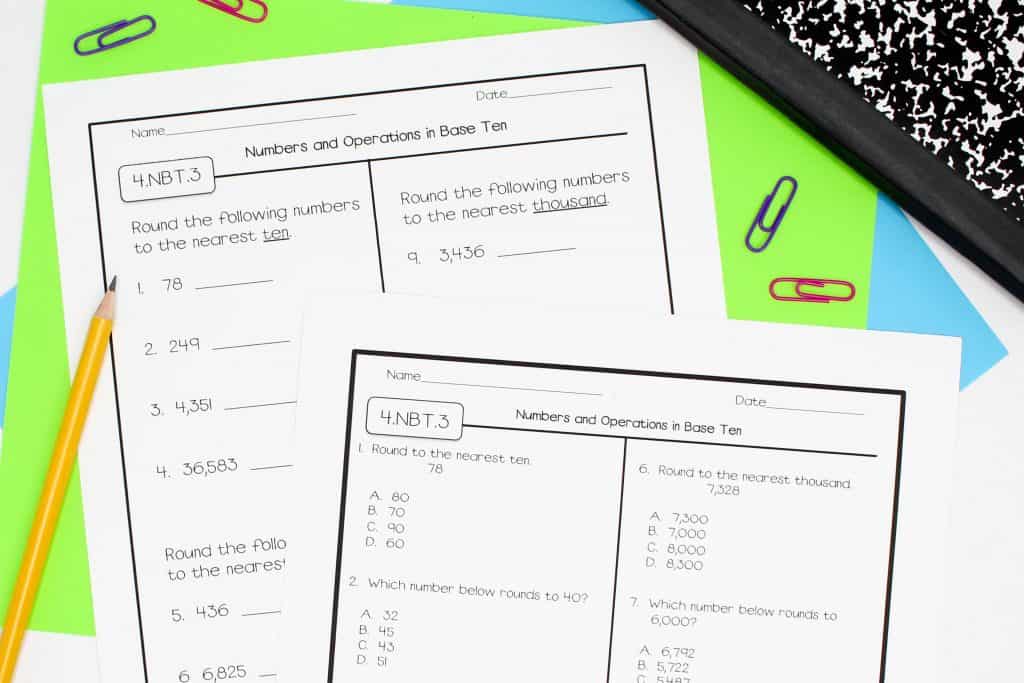


Hello! This is AWESOME! I was looking at purchasing your 3rd Grade Math Bundle. Are all of the items in these plans in your bundle?
Thanks!
Beth
These are specific to my 4th grade bundle. Are you looking for just the lessons or all the parts?
Awesome – Do you have plans and a bundle for 3rd grade?
Do you need the math units? I have that here! https://www.teacherspayteachers.com/Product/3rd-Grade-Math-Workshop-Guided-Math-Bundle-Distance-Learning-1310662
Thanks for that link. Do you have 3rd grade plans, similar to these 4th grade plans?
I don’t have a blog post for it yet, but I would follow the same routine as this. The number sense warm-ups could easily work with third grade, and I’ve made Scribble Notes for 3rd.
Hi Ashleigh,
I would love all the parts of this math but for grade 3. Especially the math warm up and scribble notes. What do you suggest I purchase?
Thanks,
Lisa
The Scribble Notes include a third grade version, so that would be perfect. I do have an alternate version of the warm-ups that start a little slower. I could send those to you.
That’s would be great! Thanks!